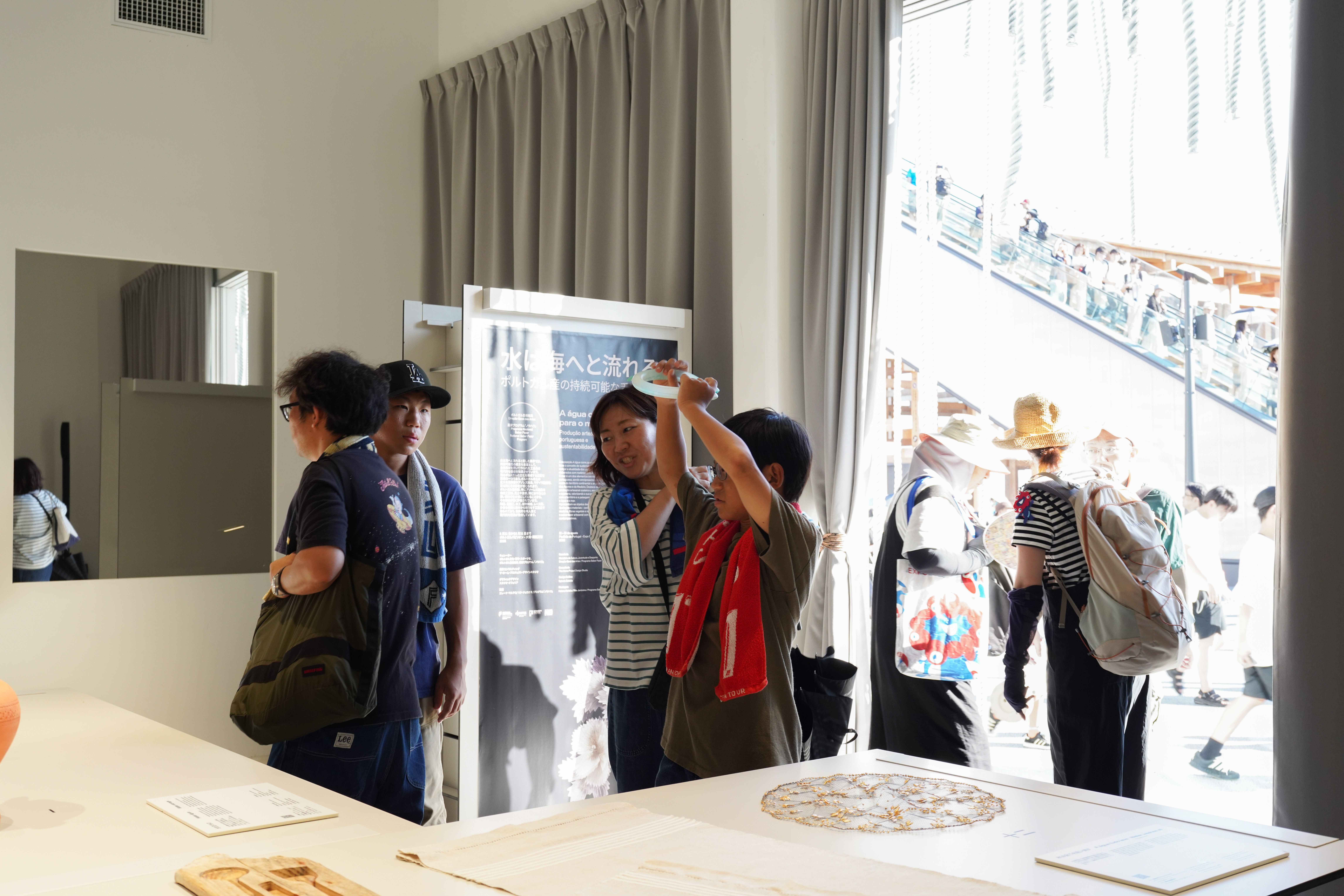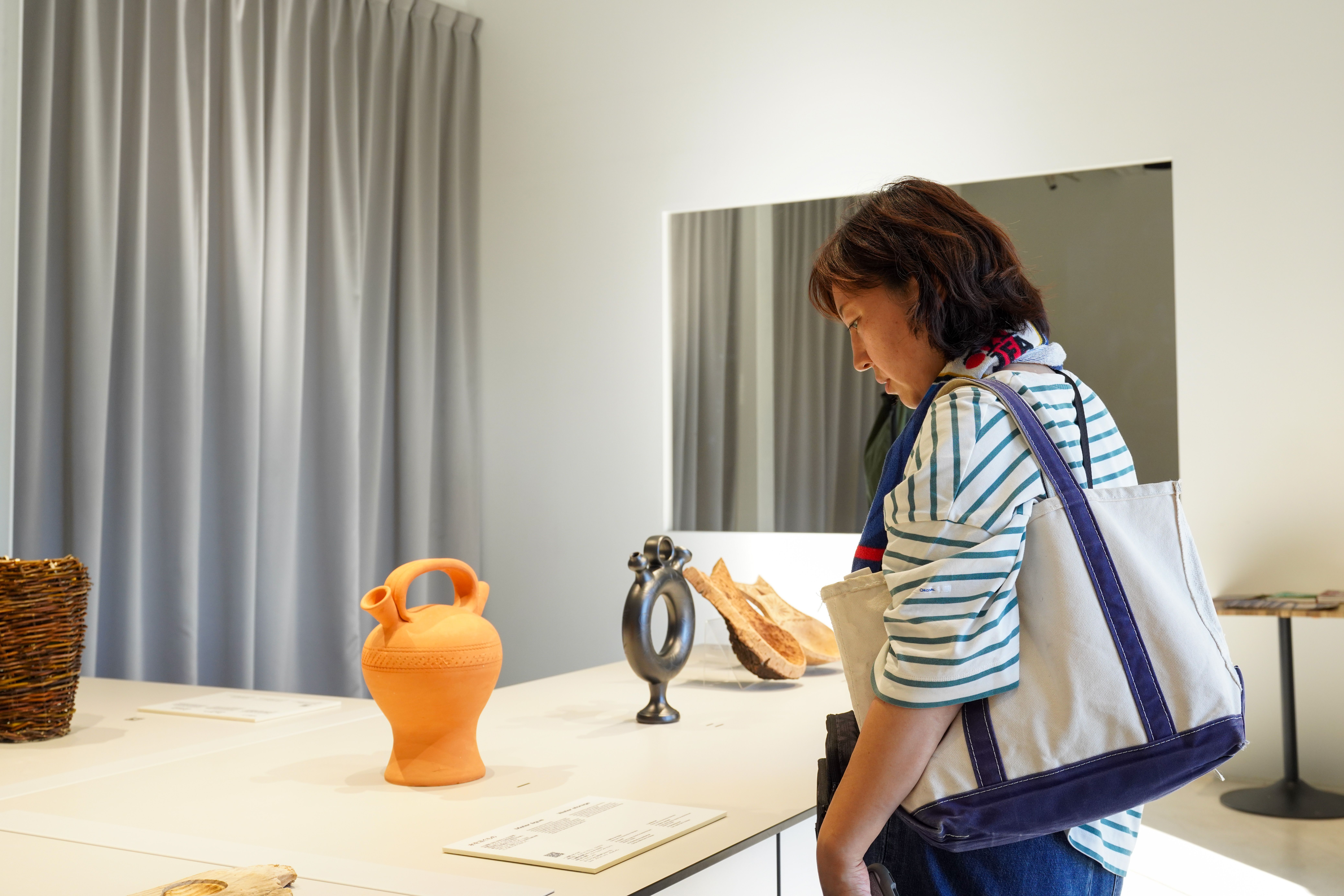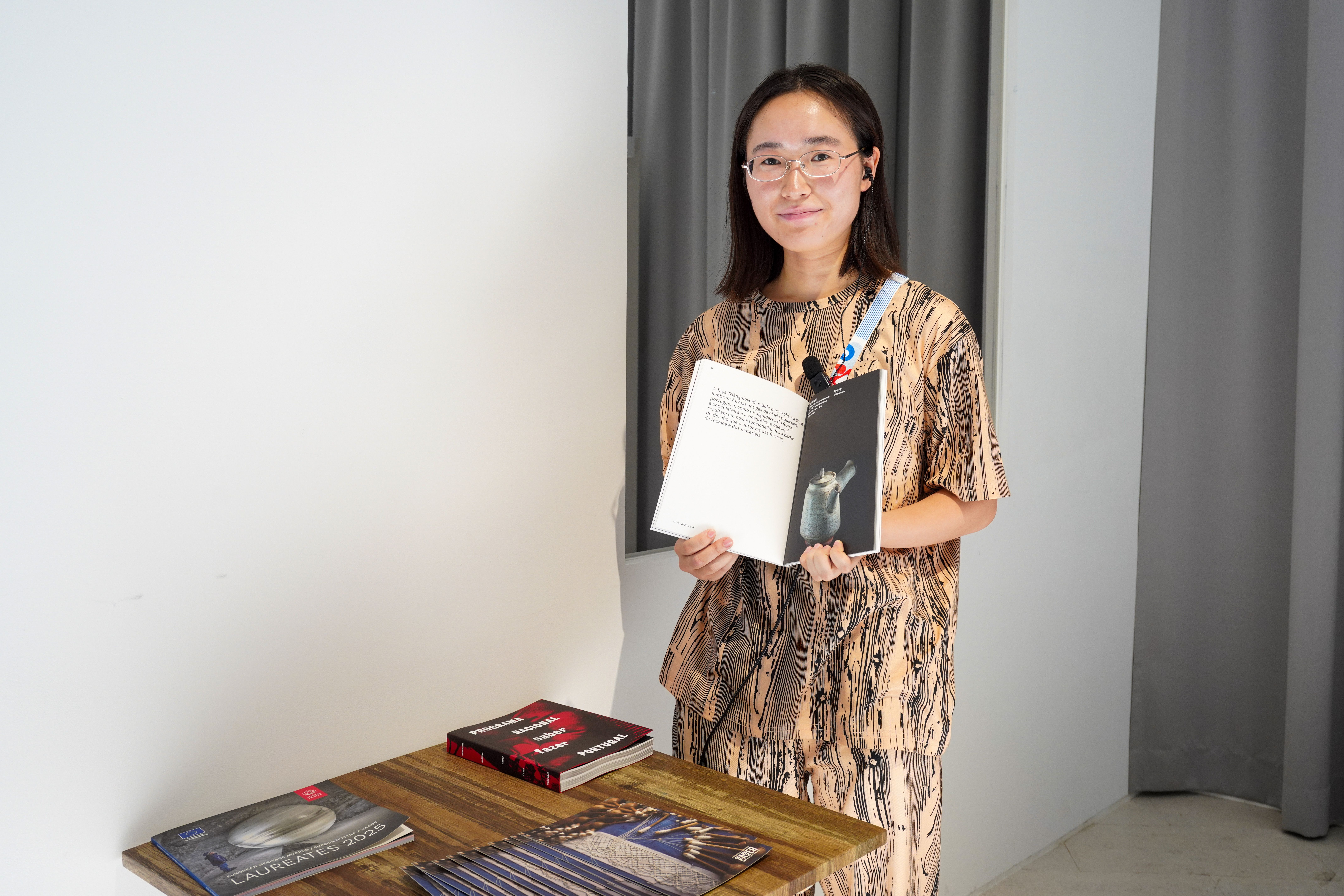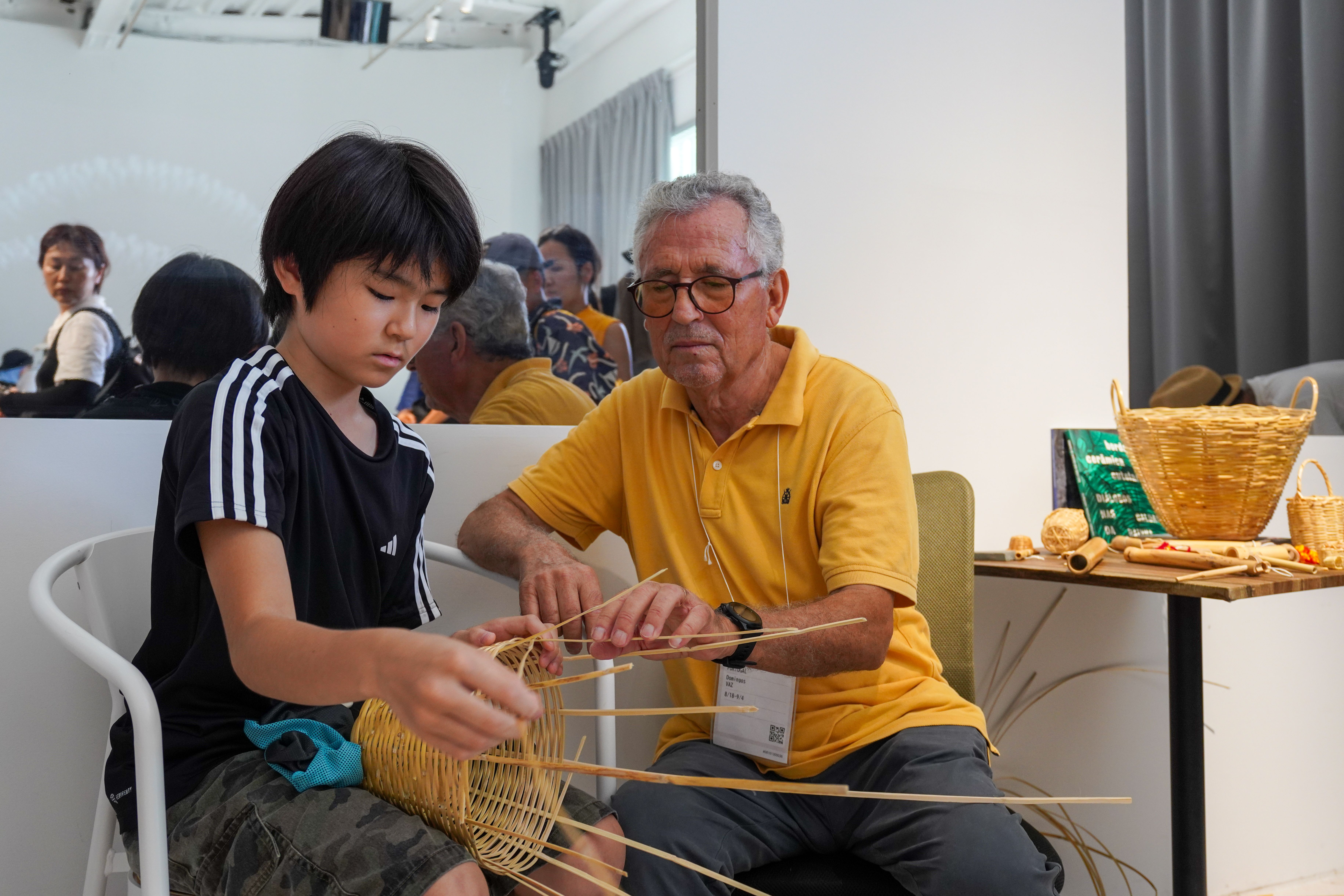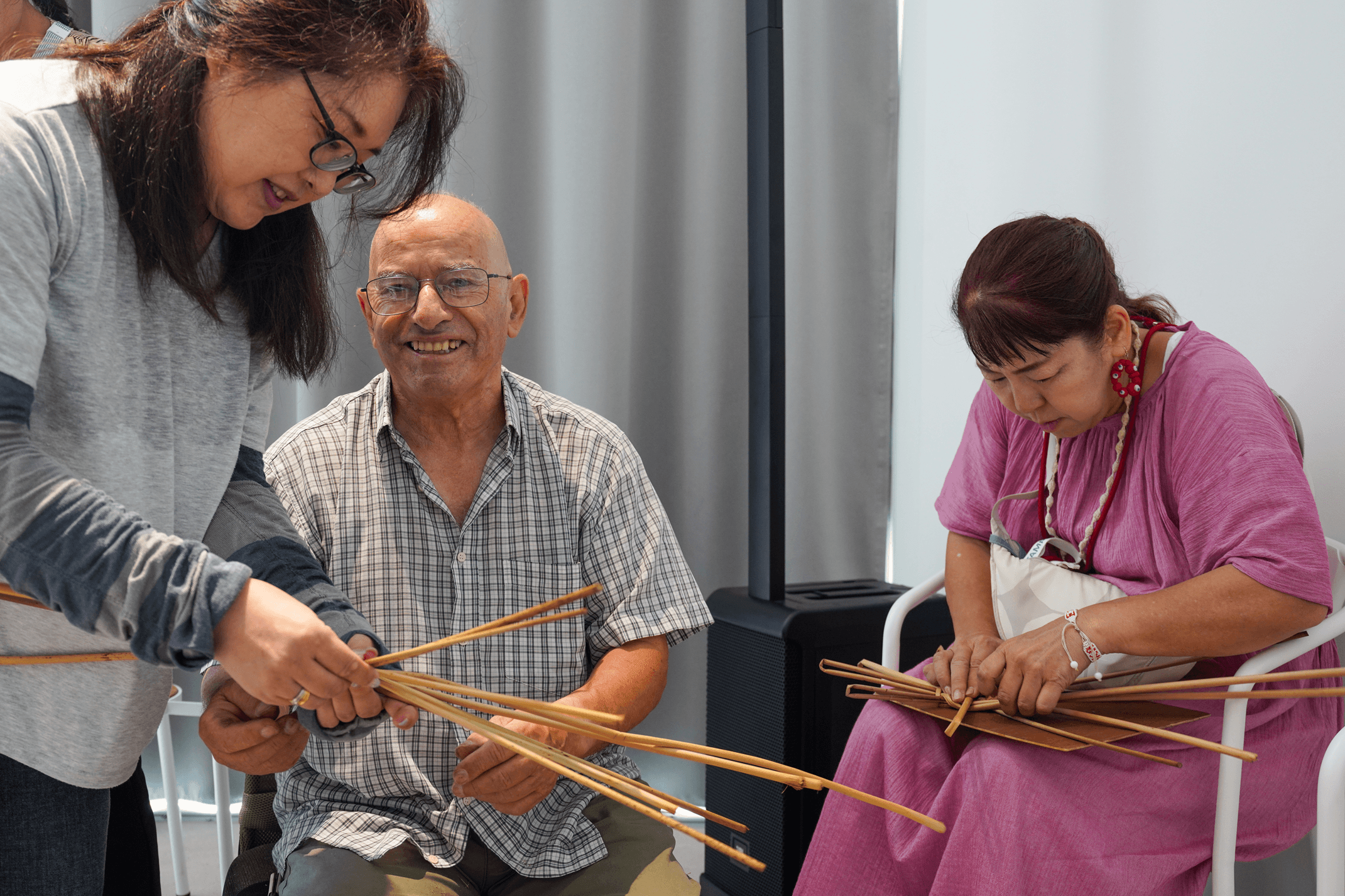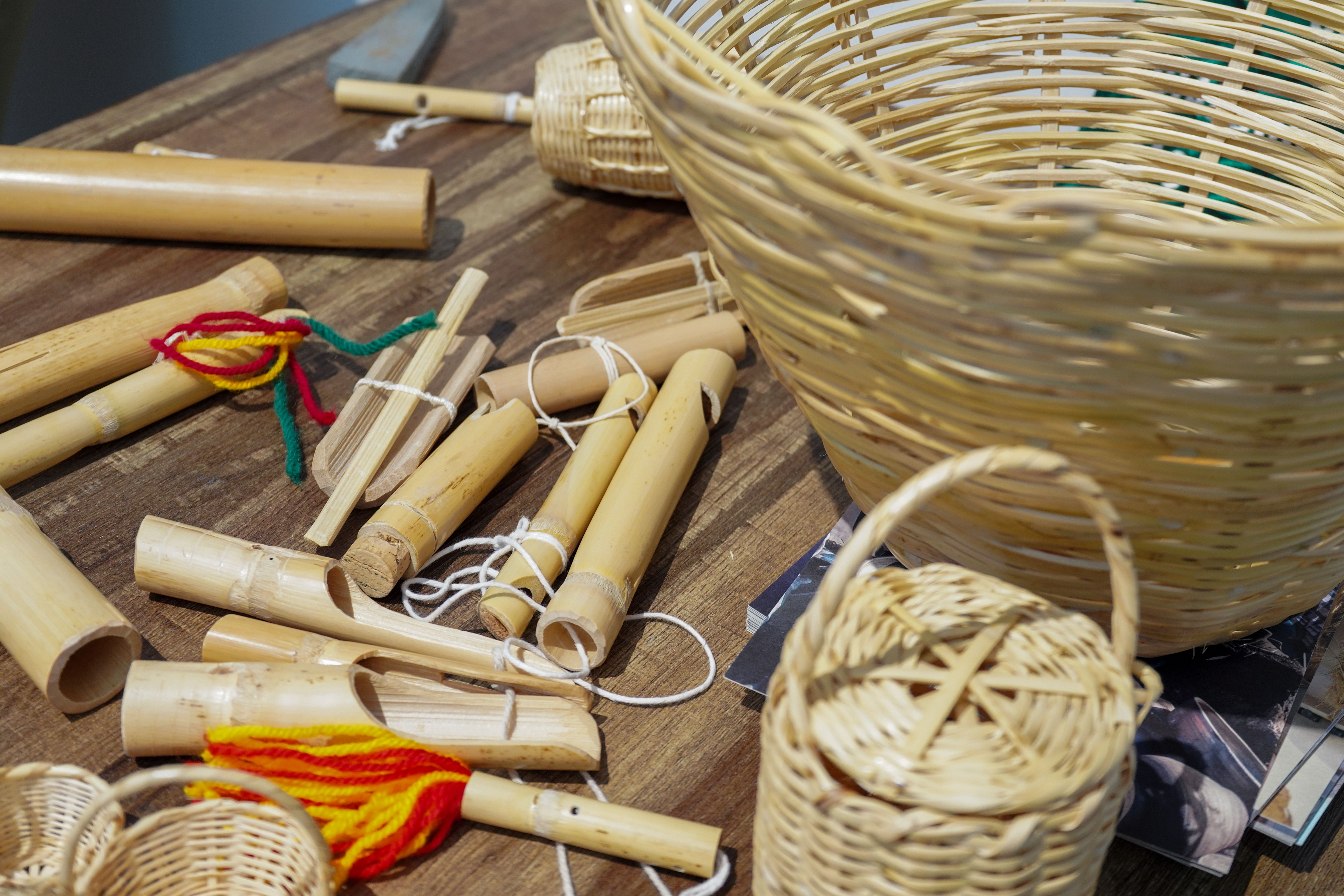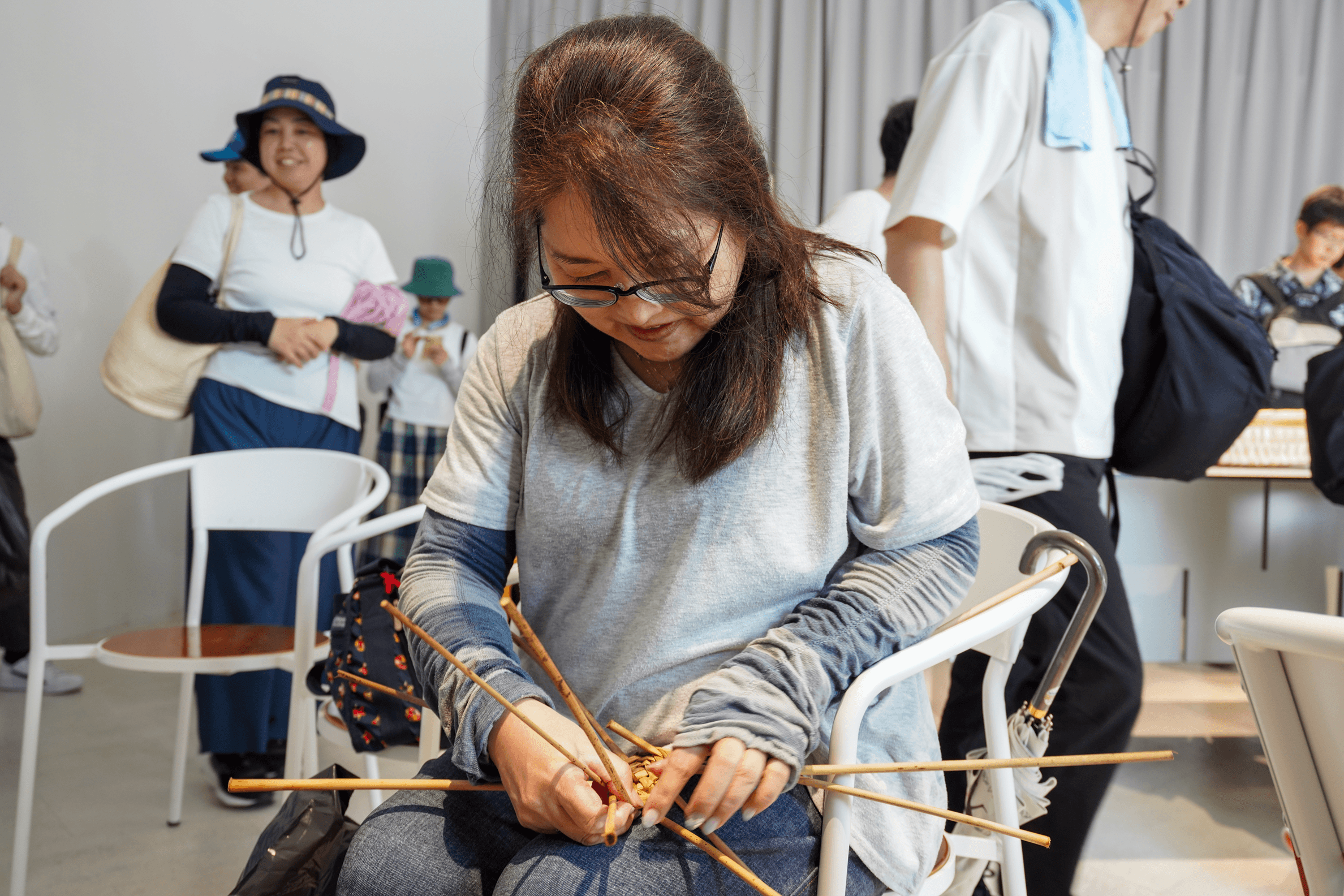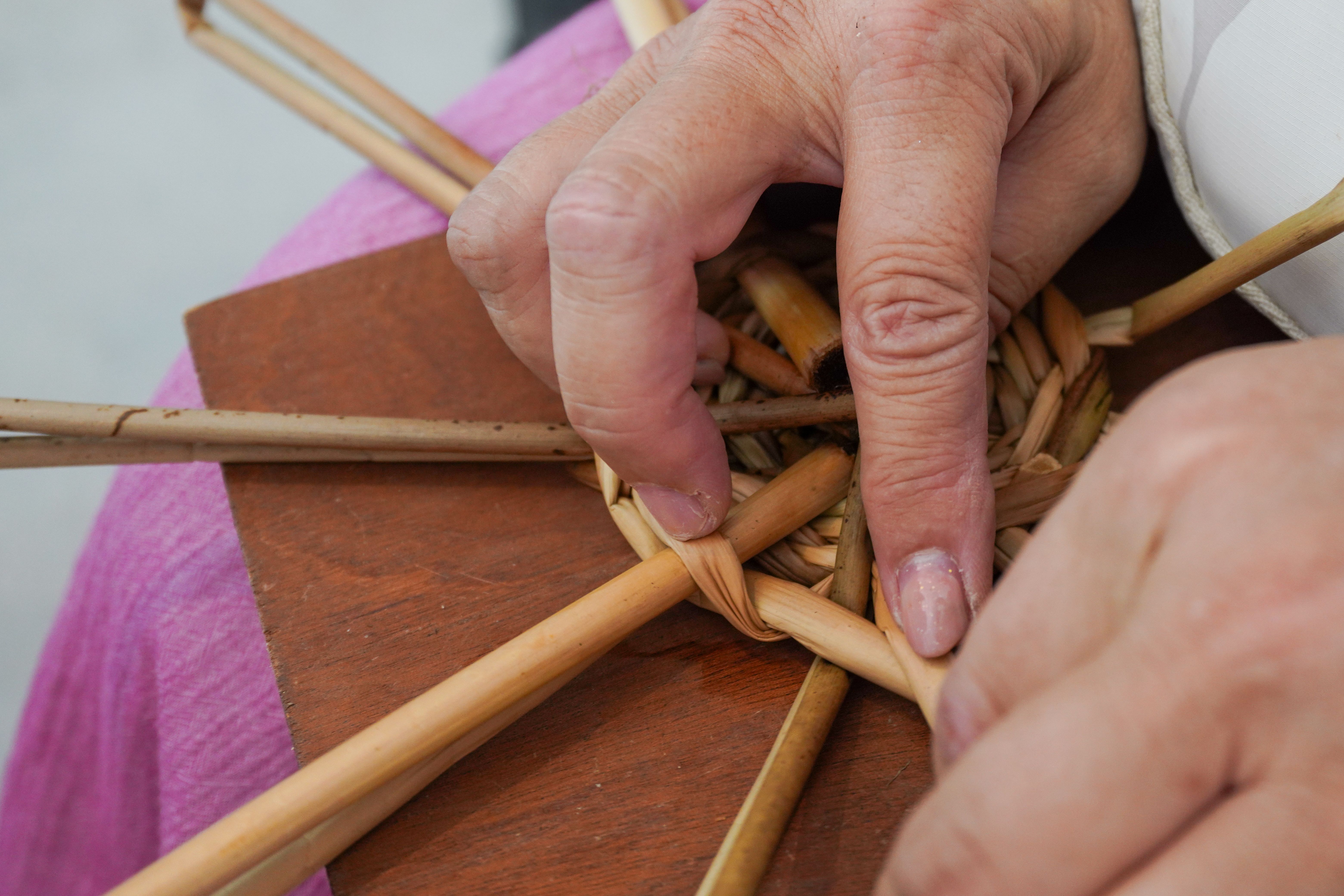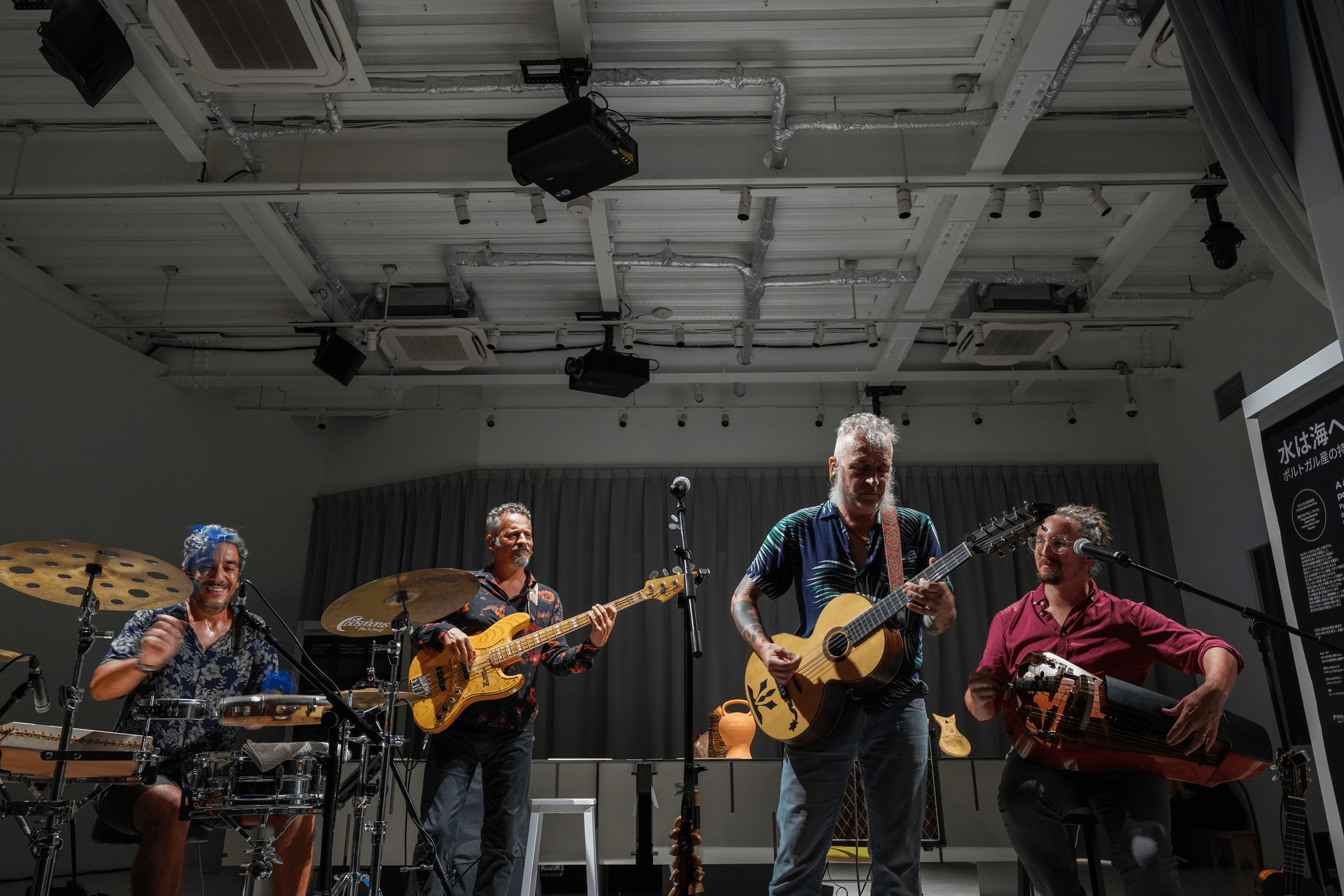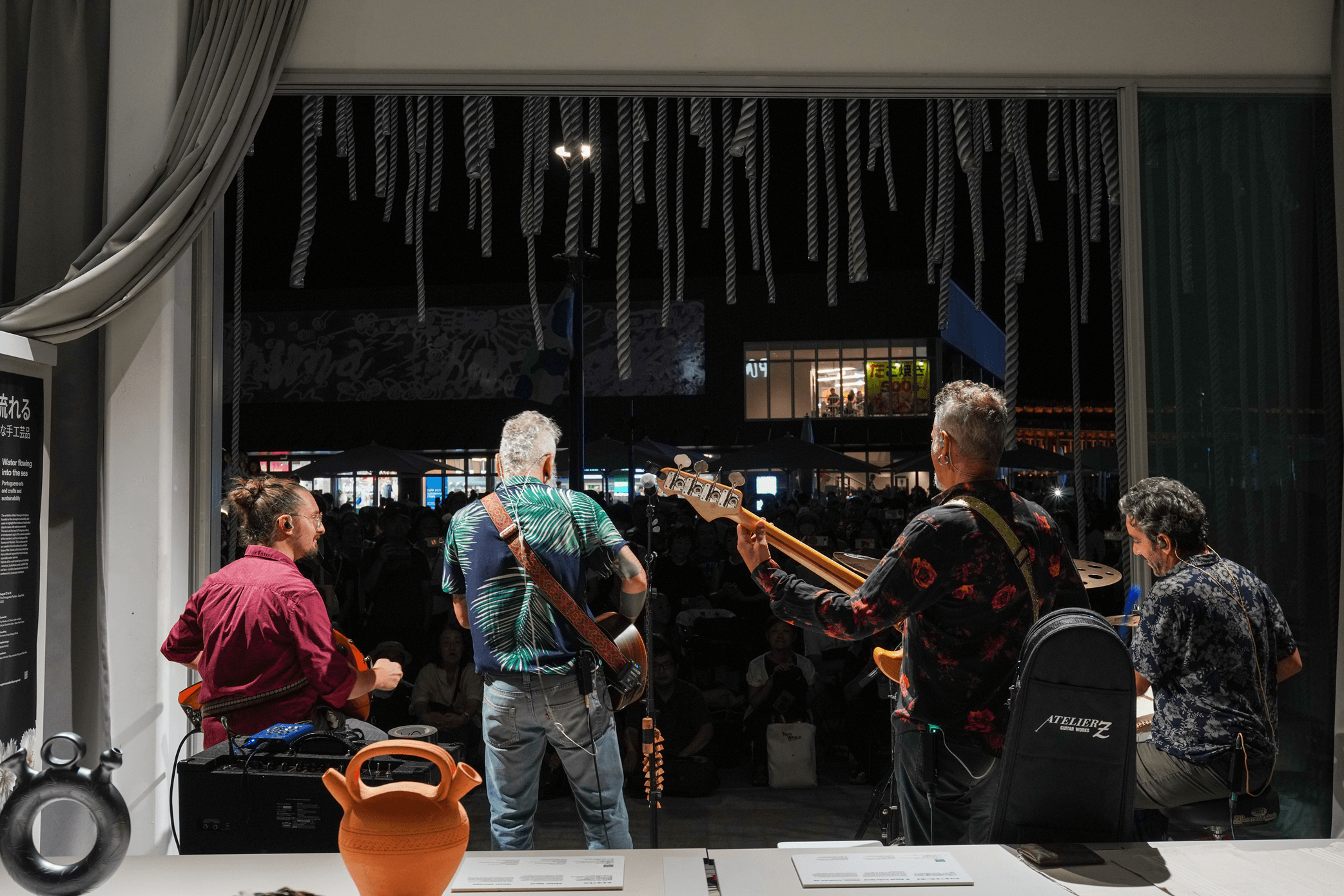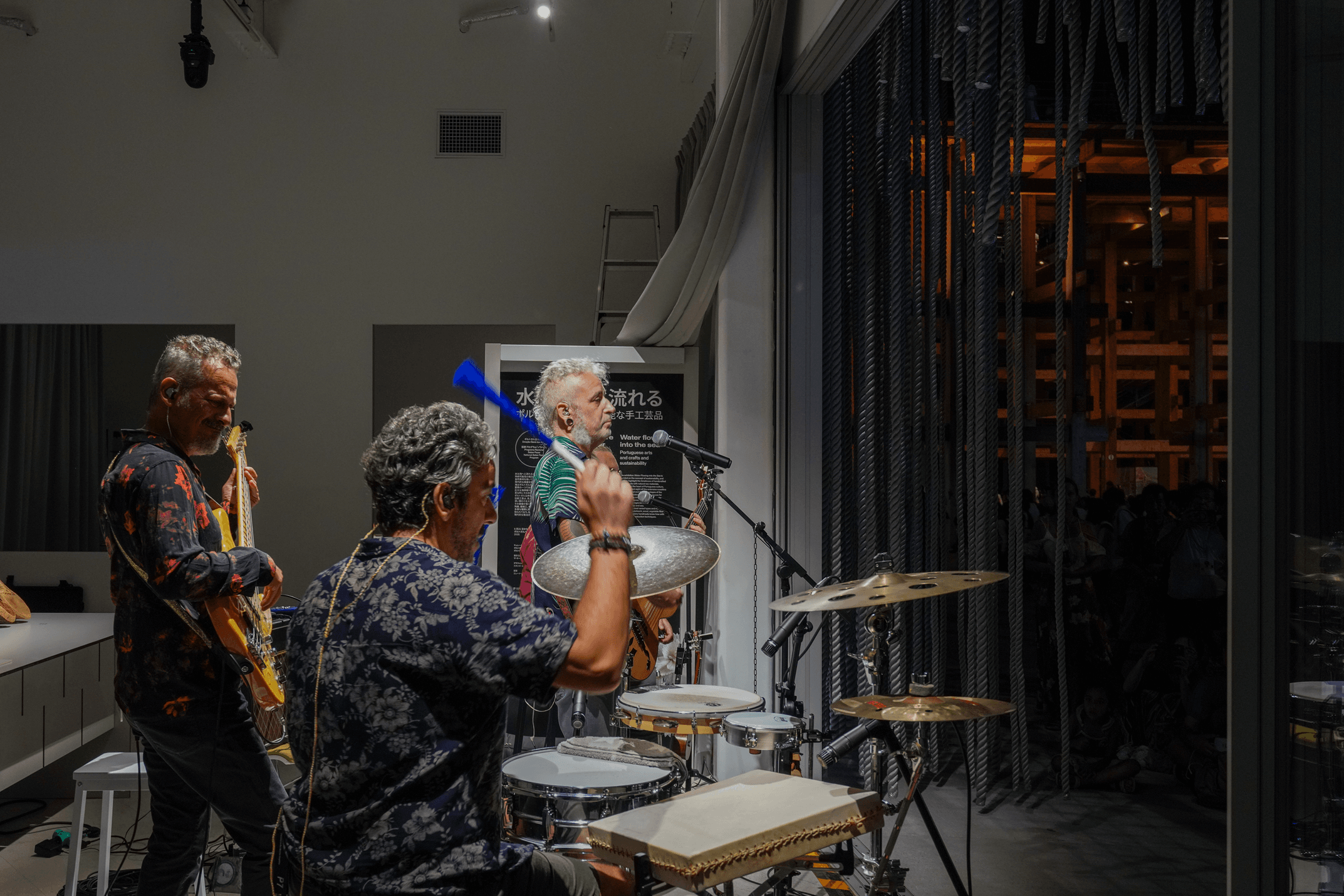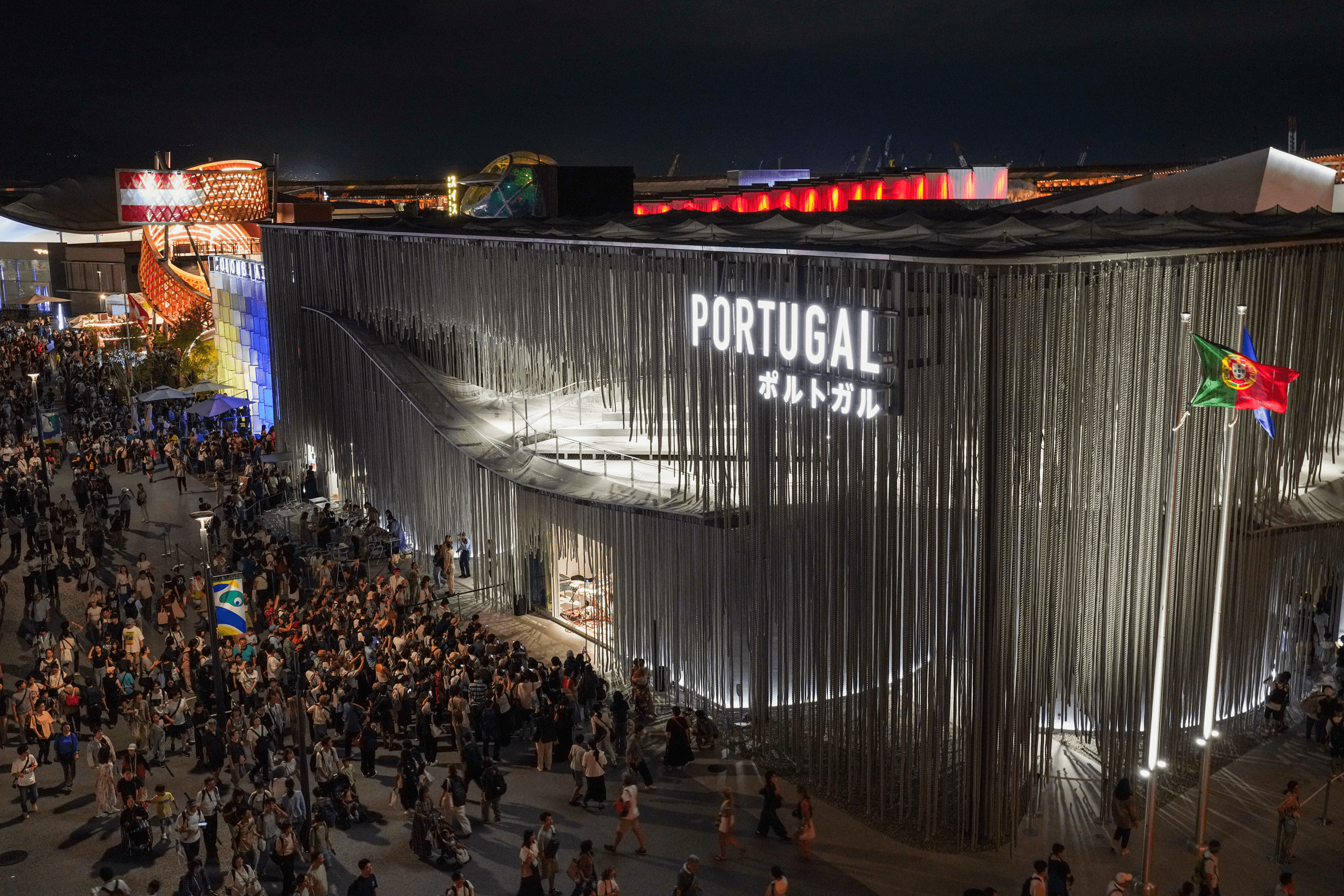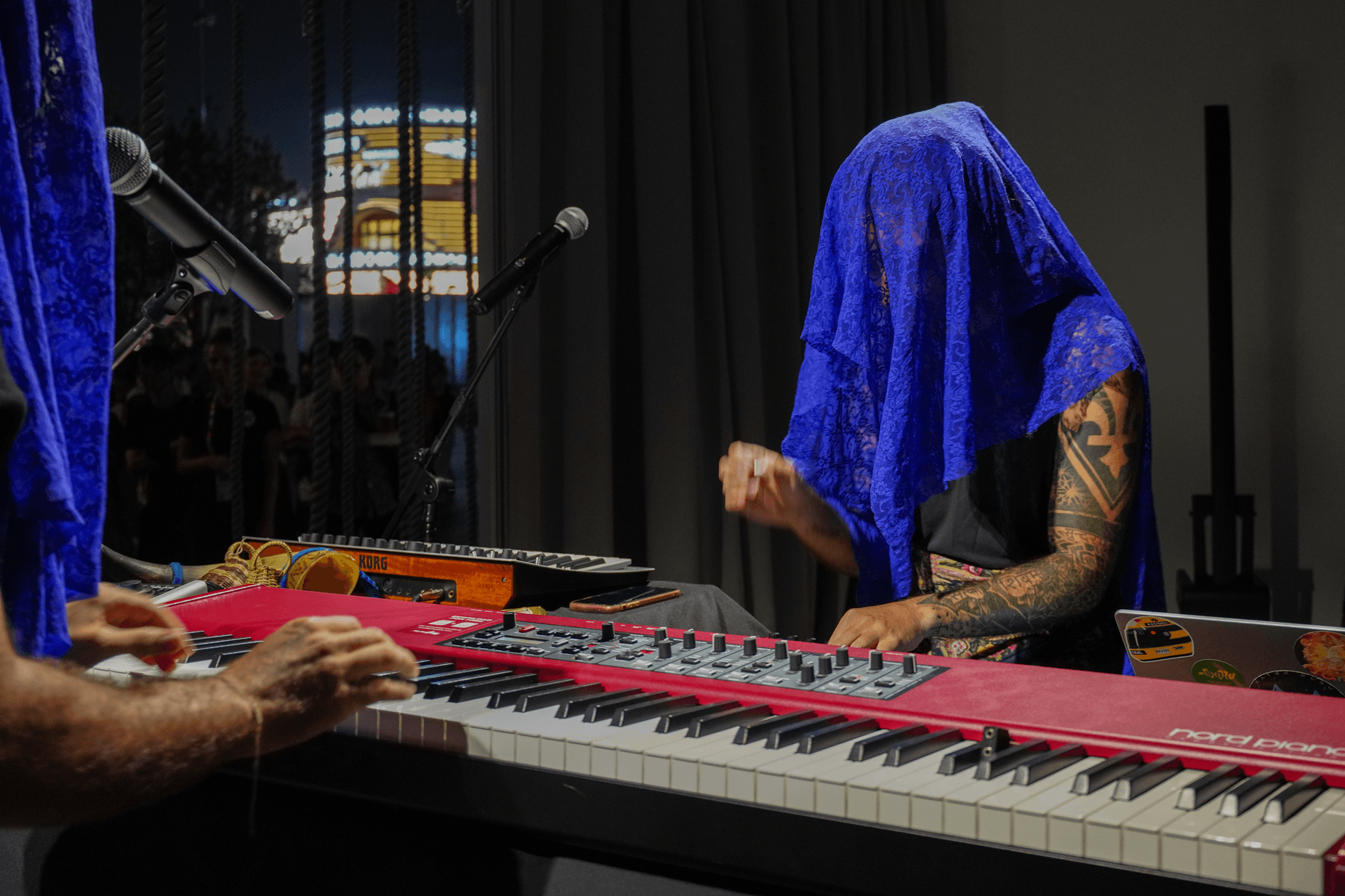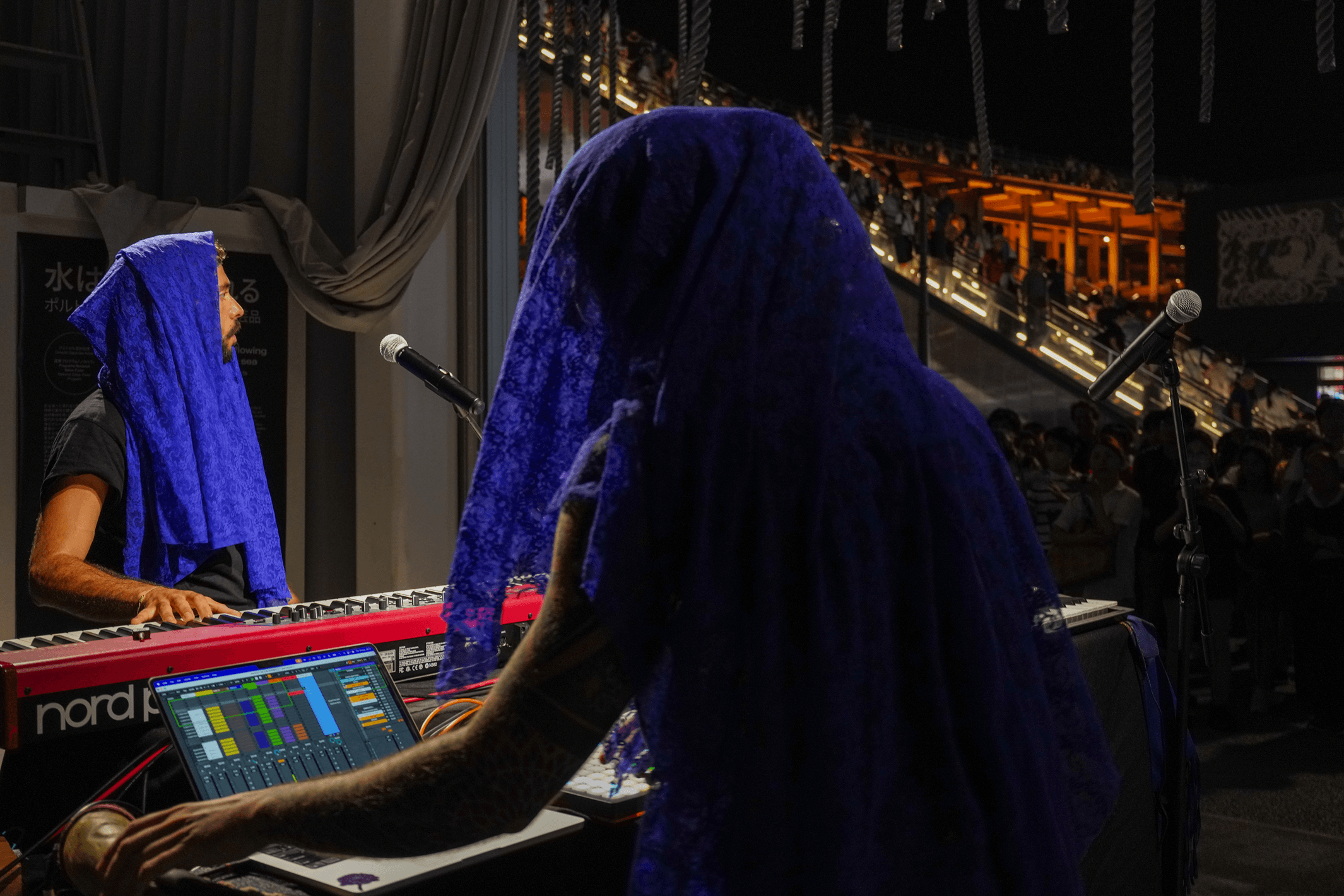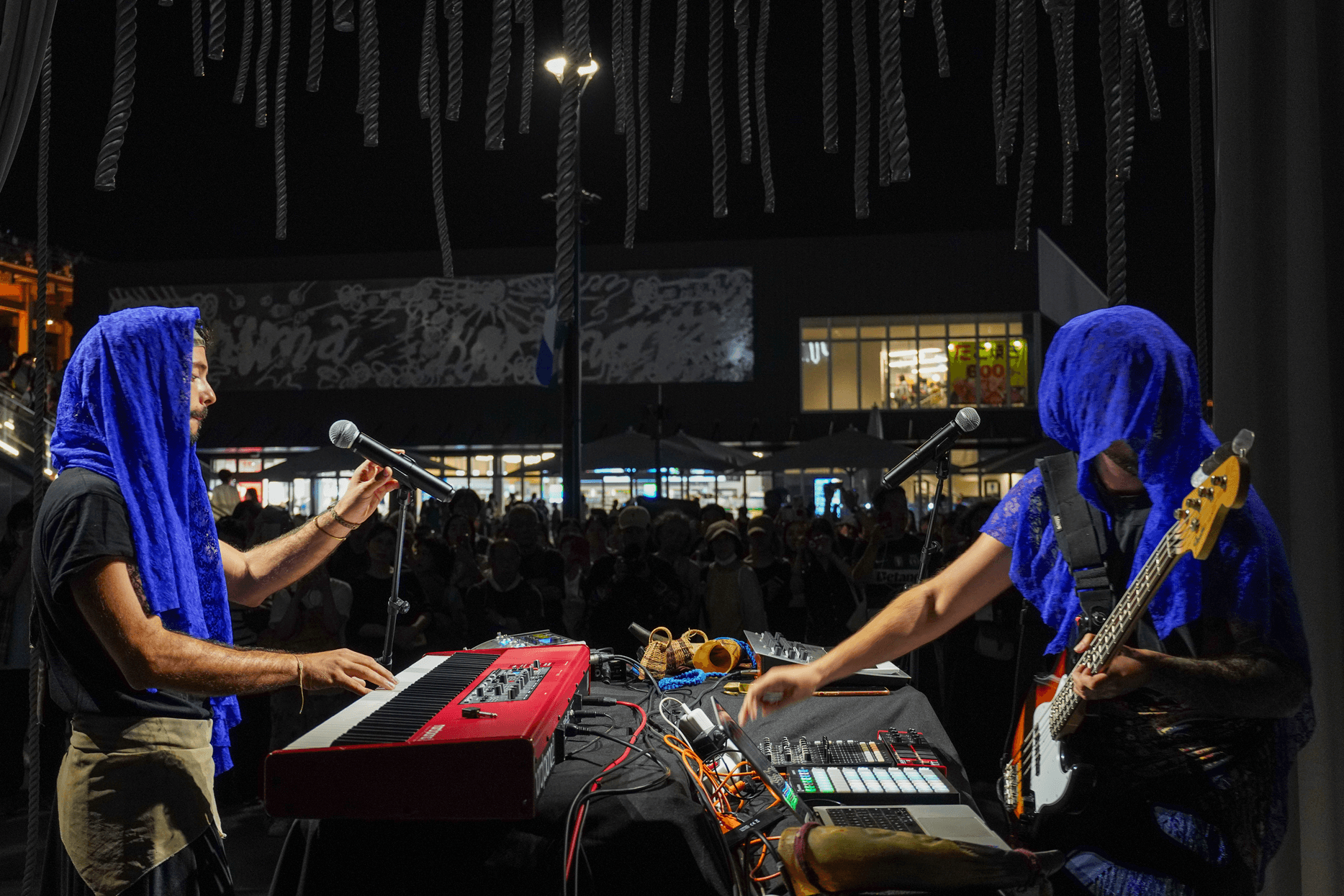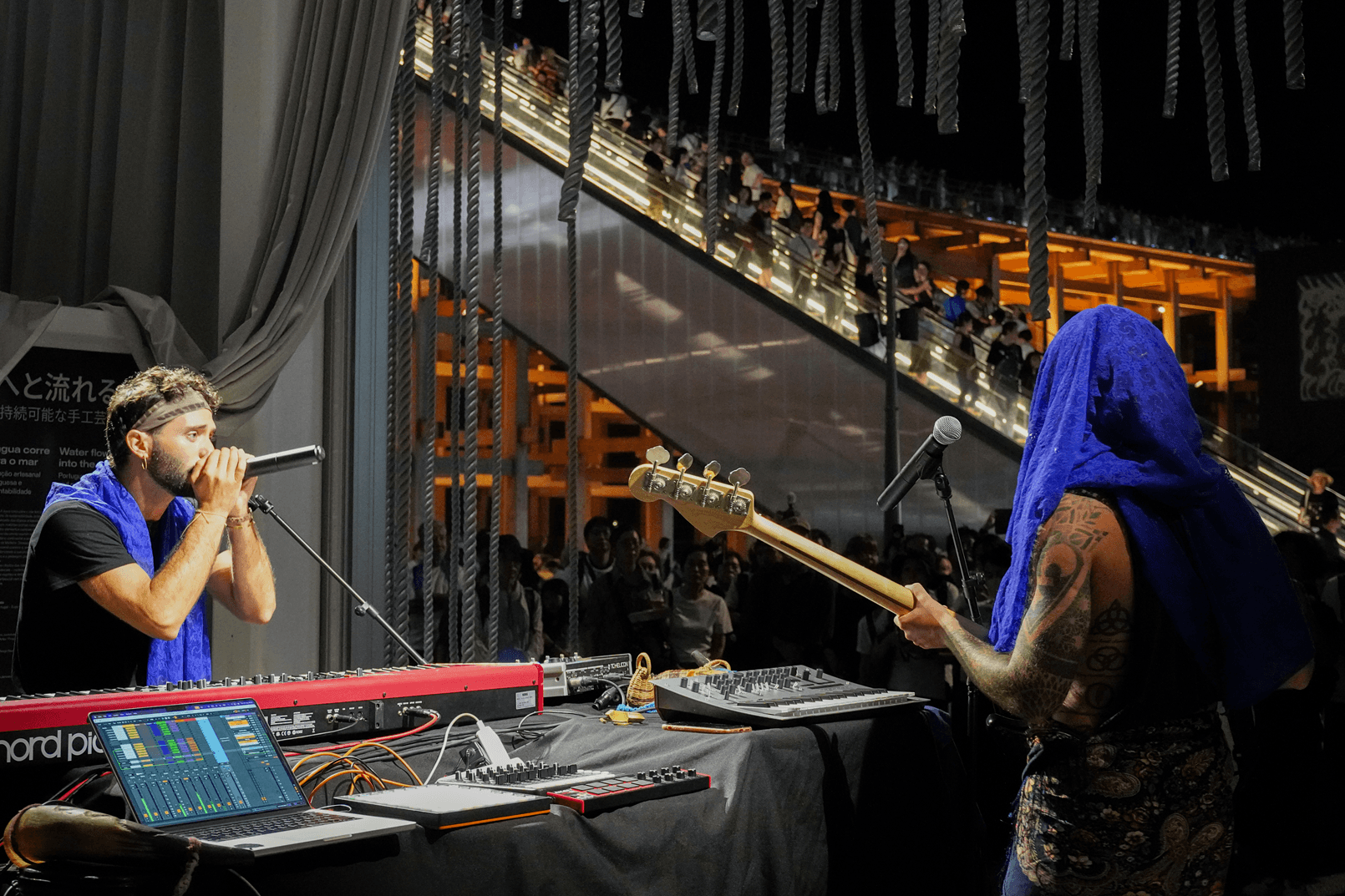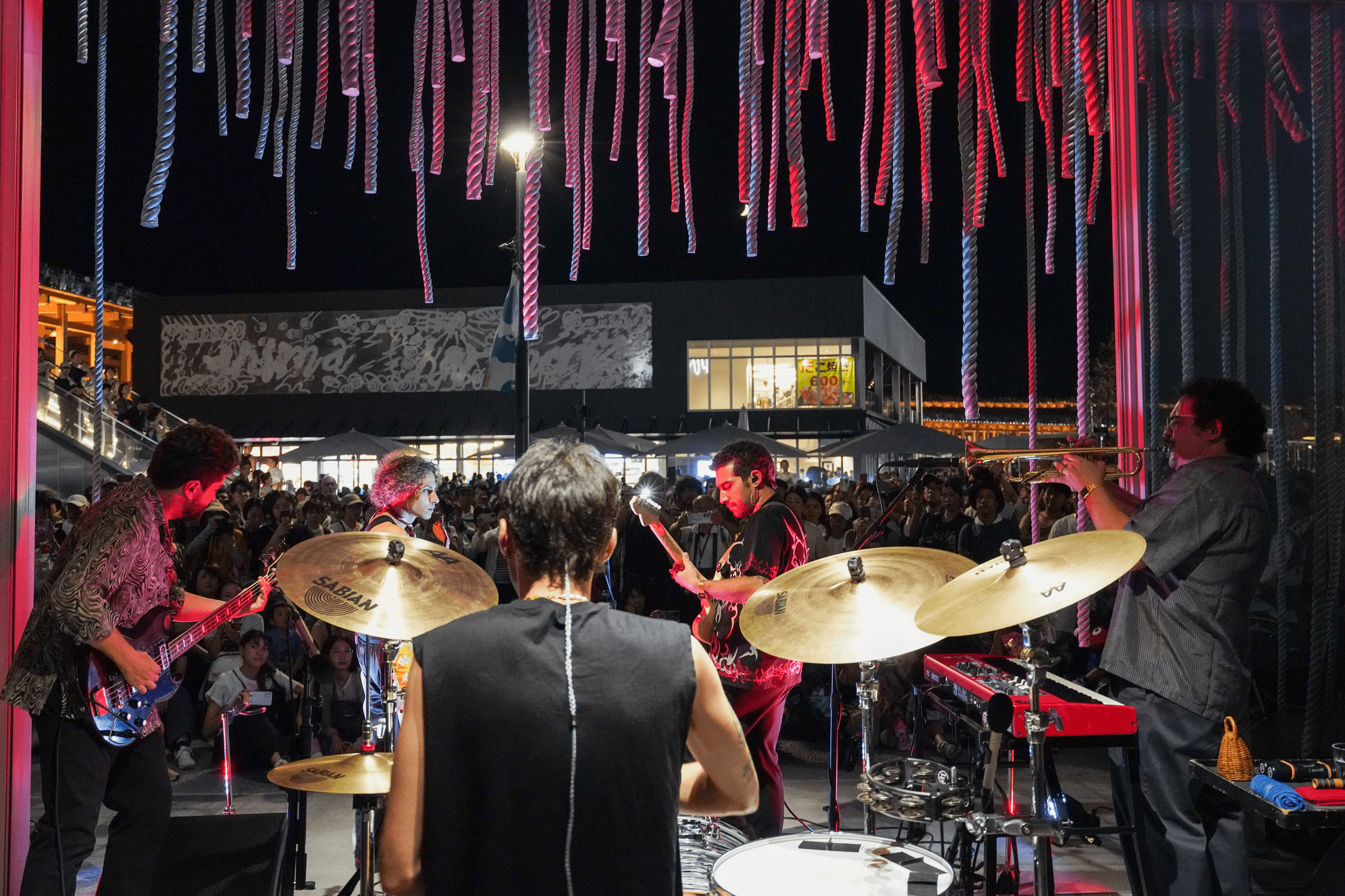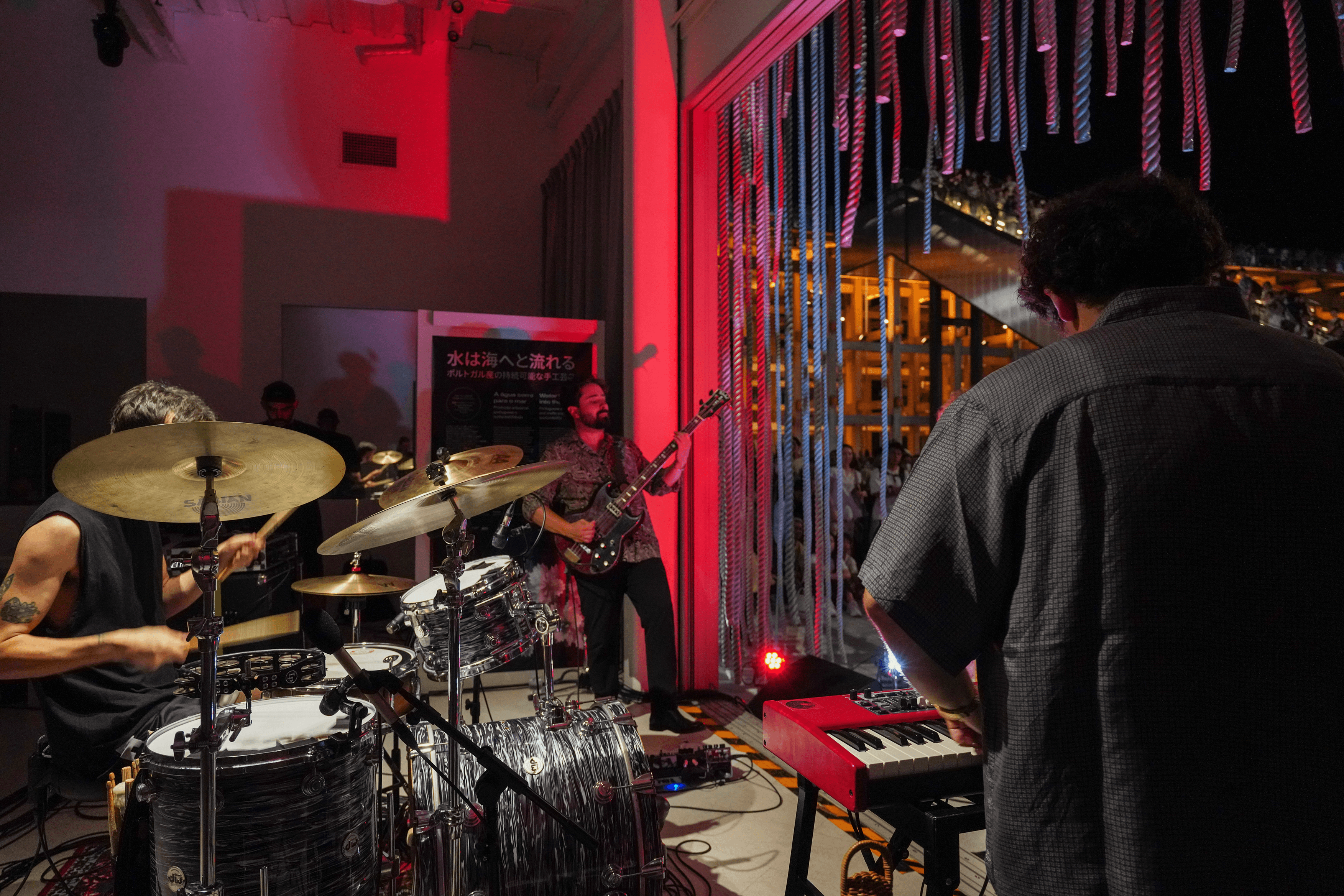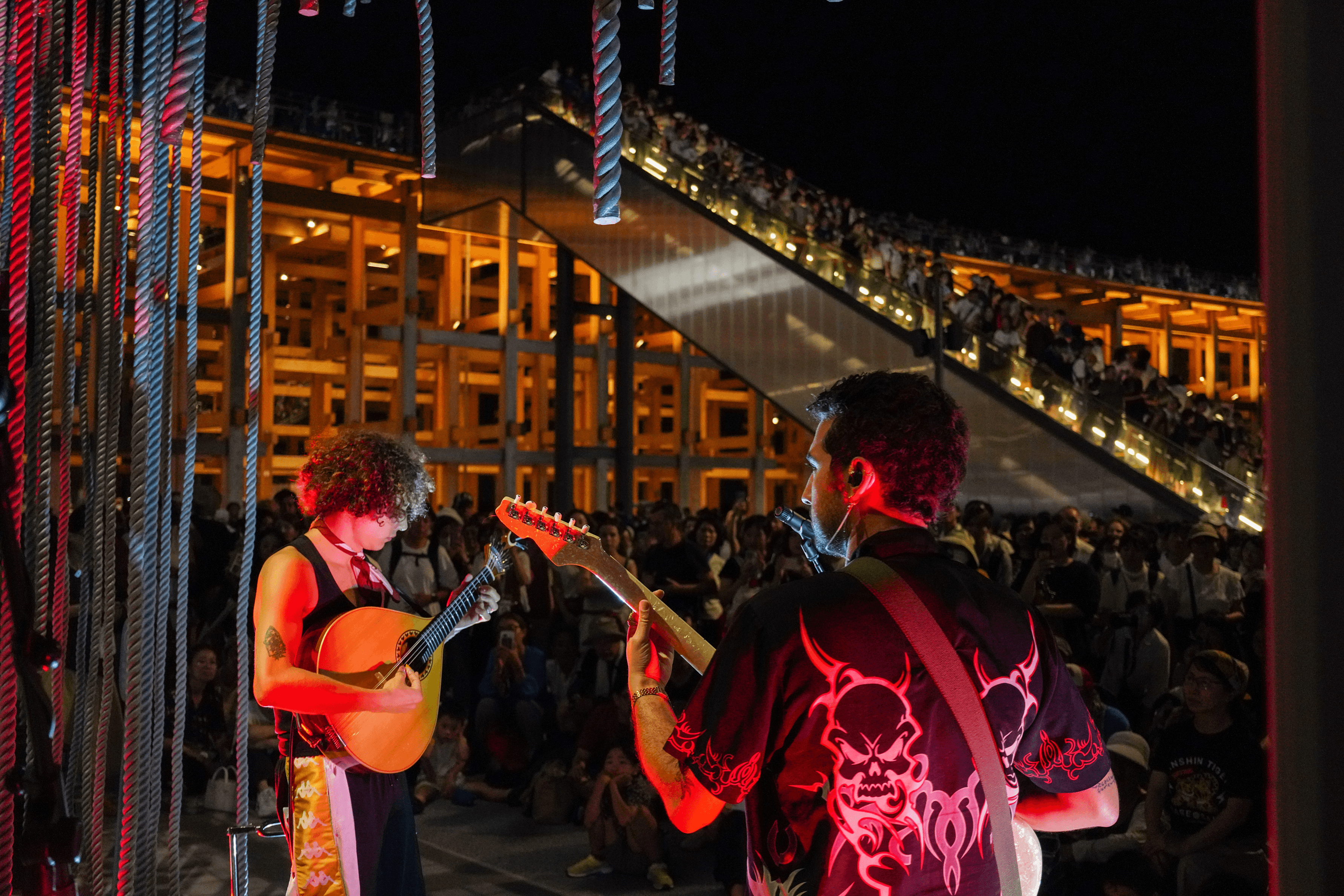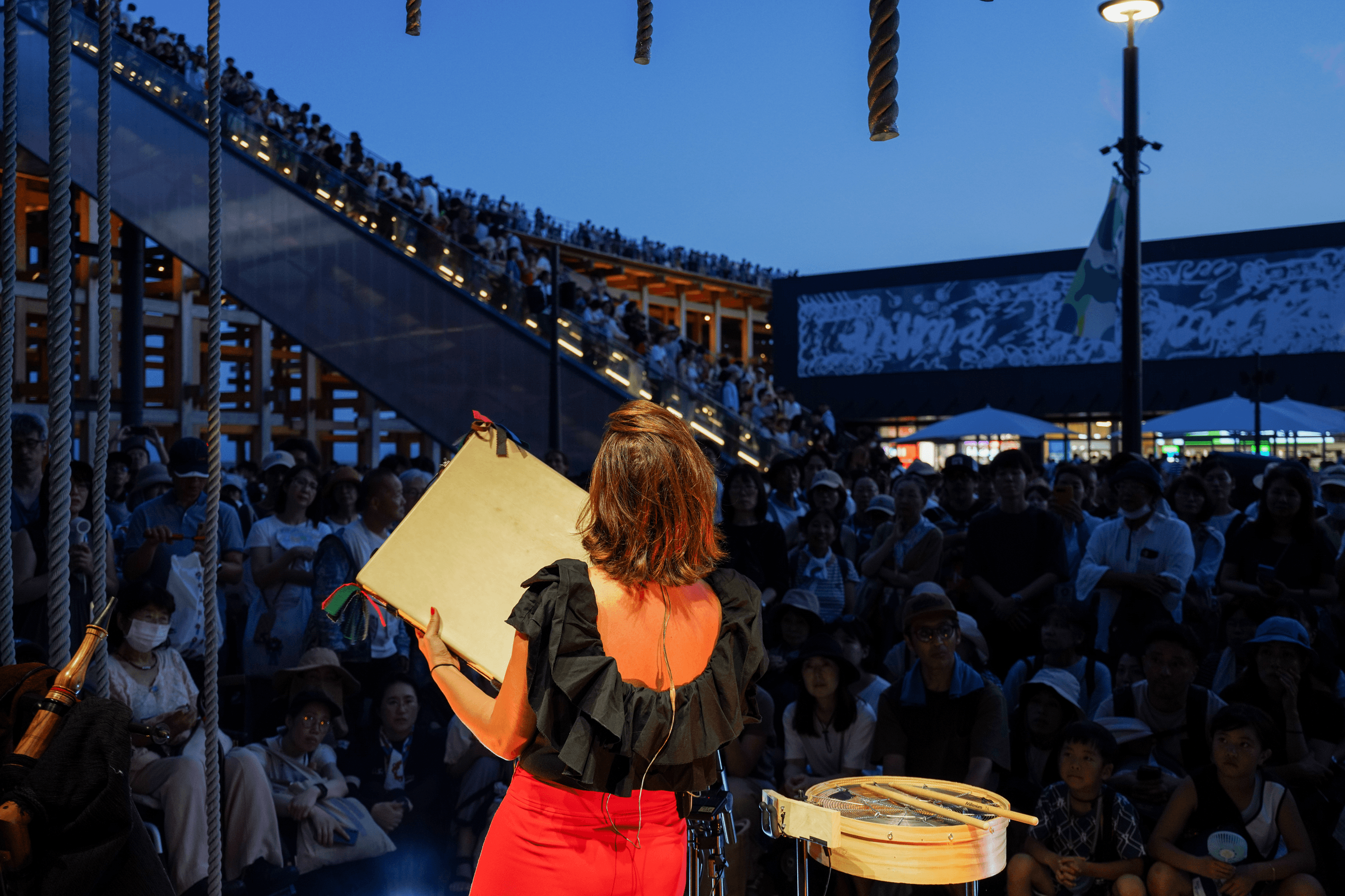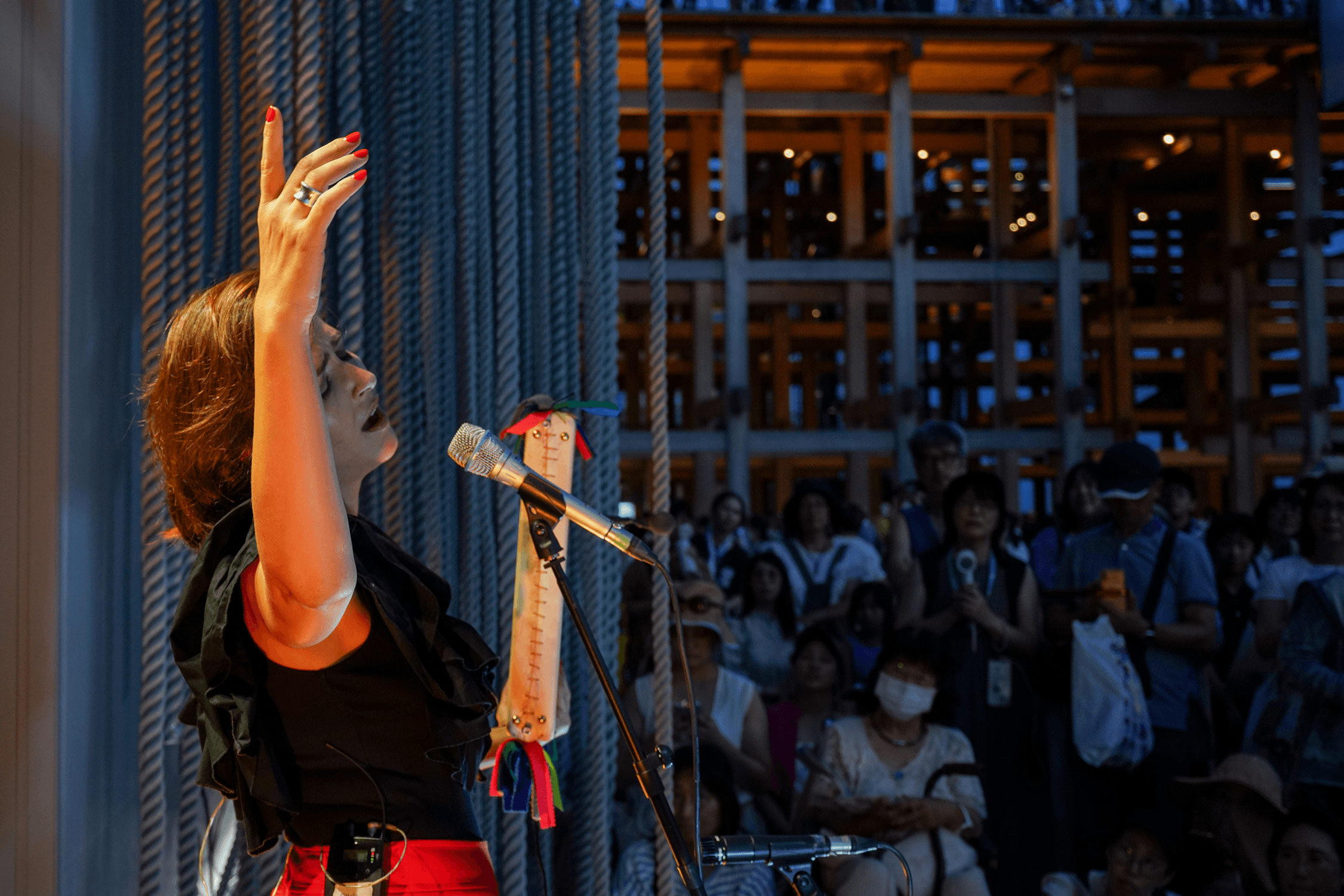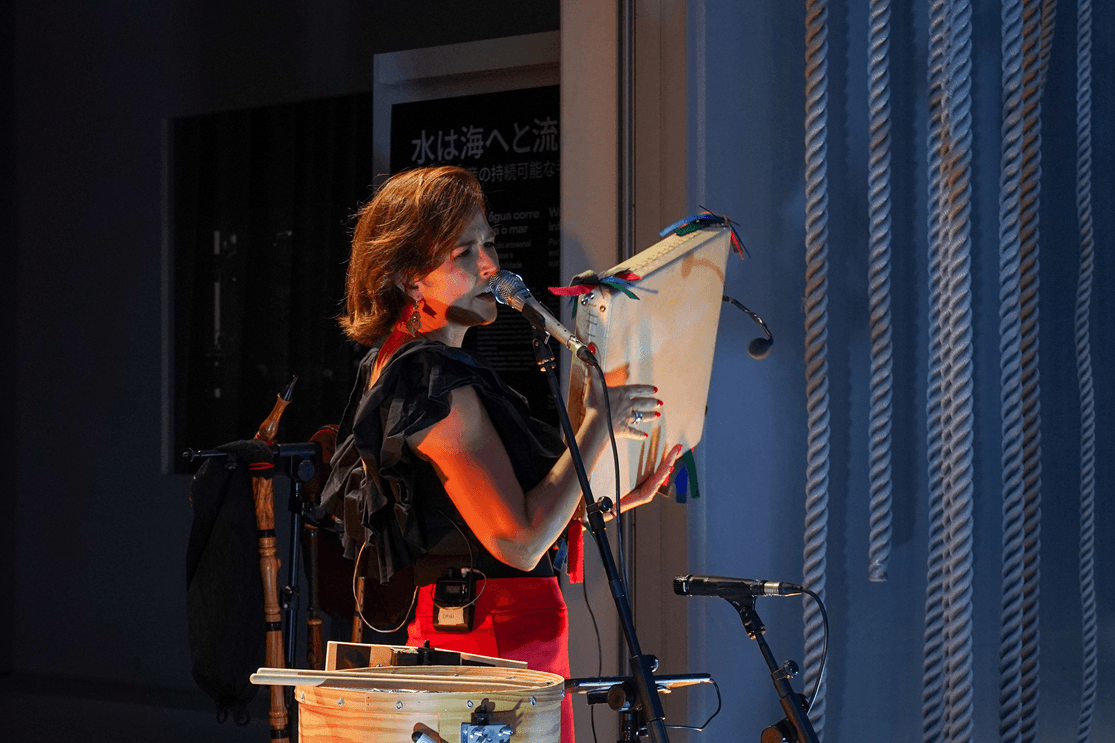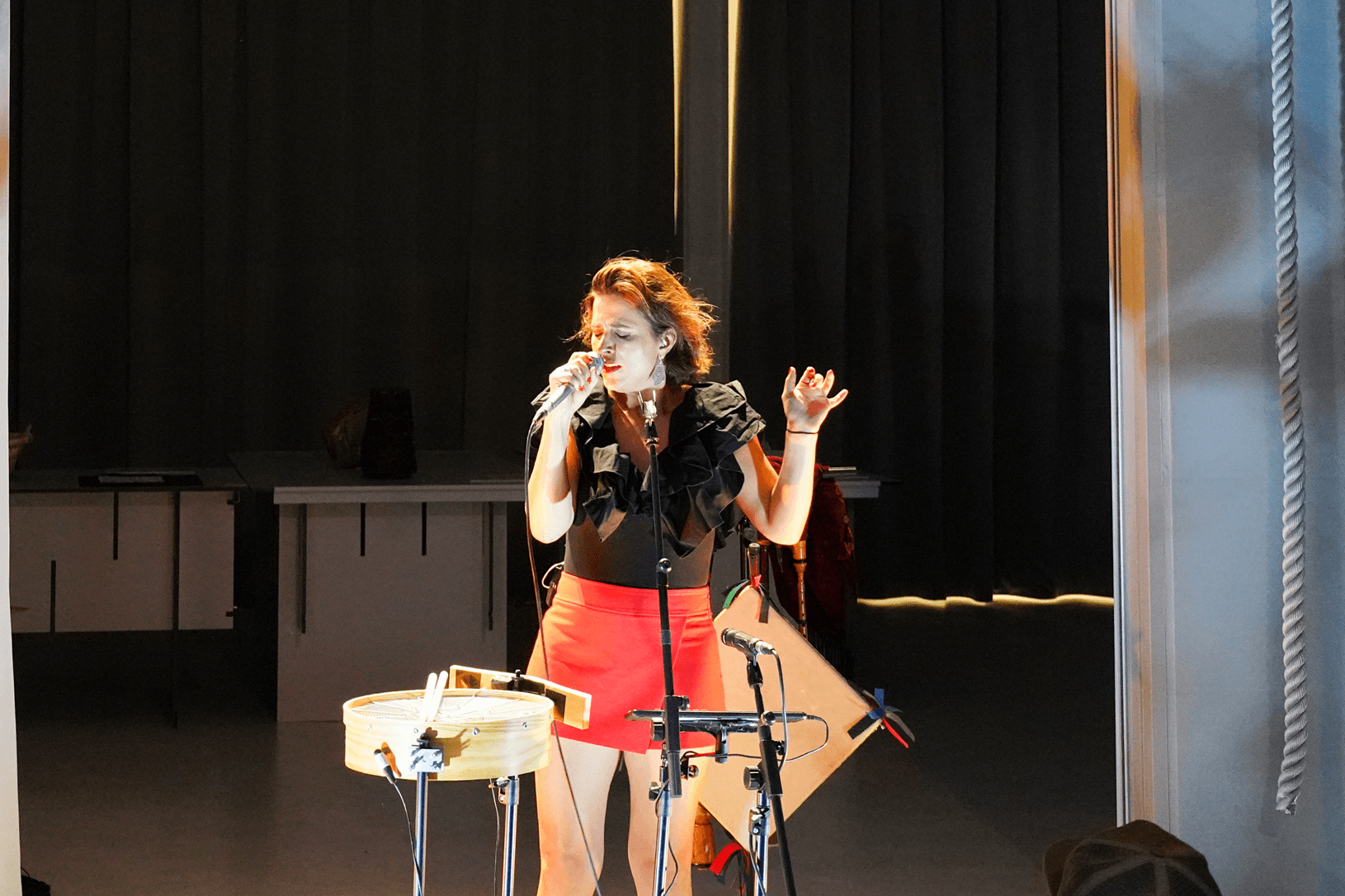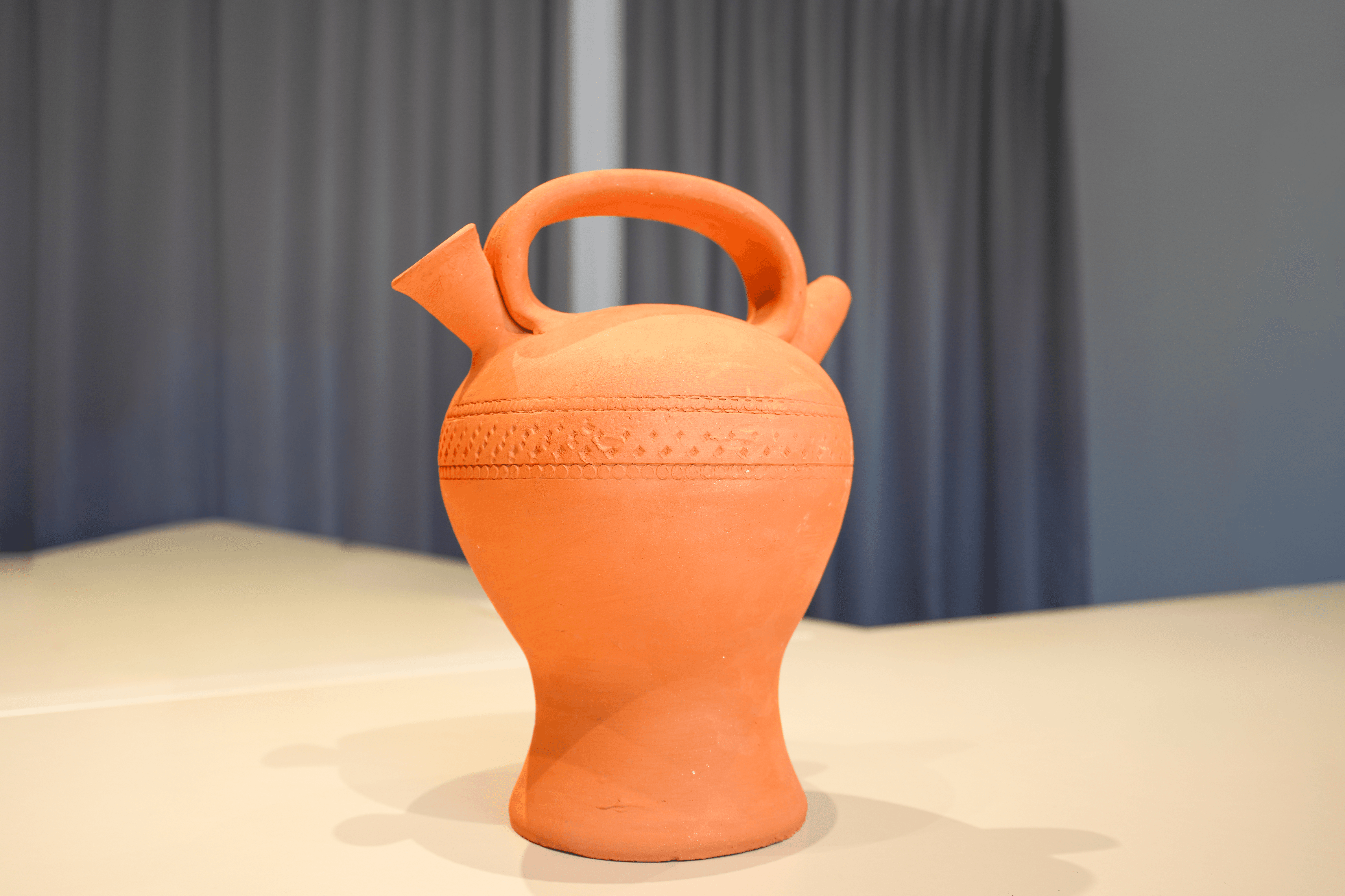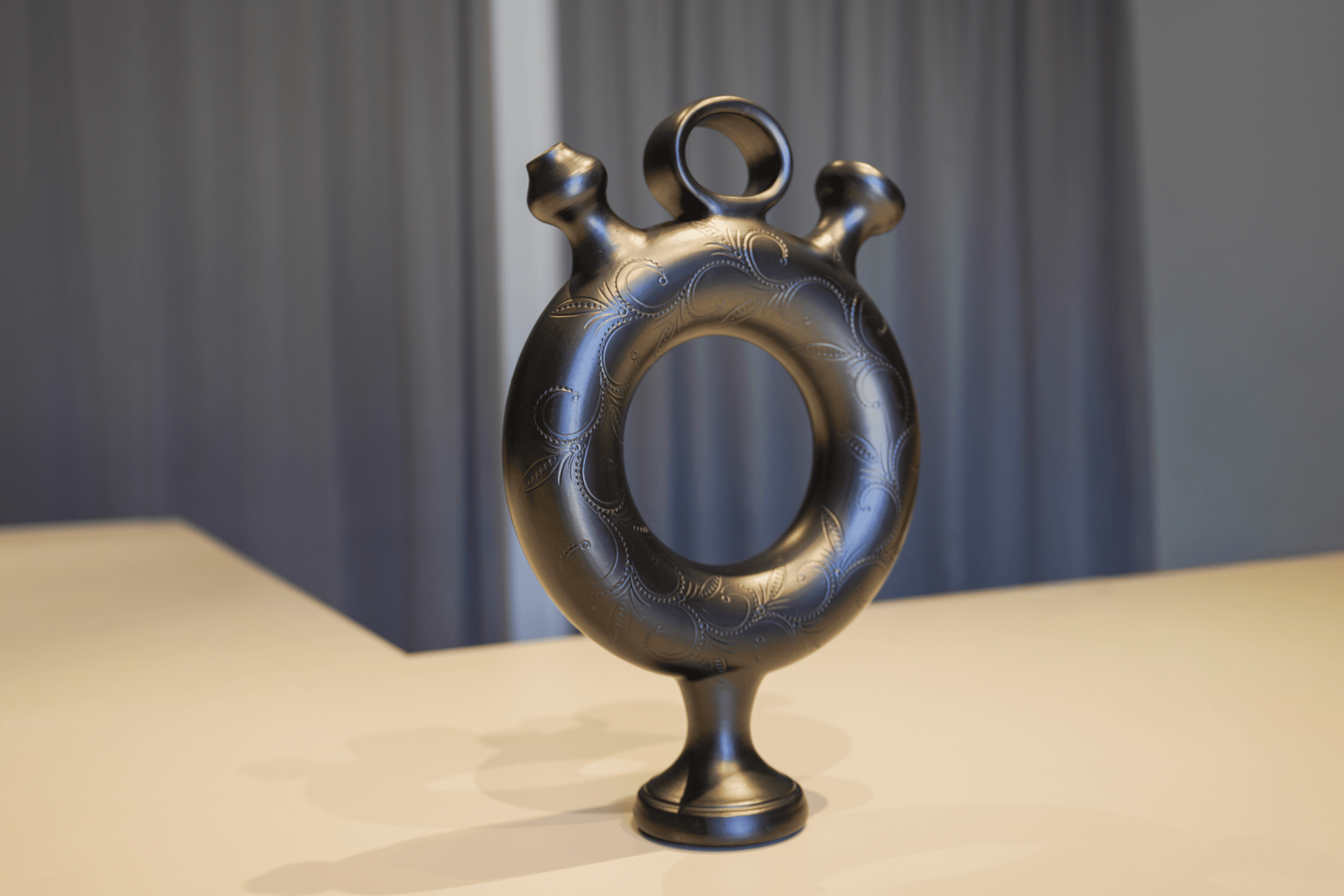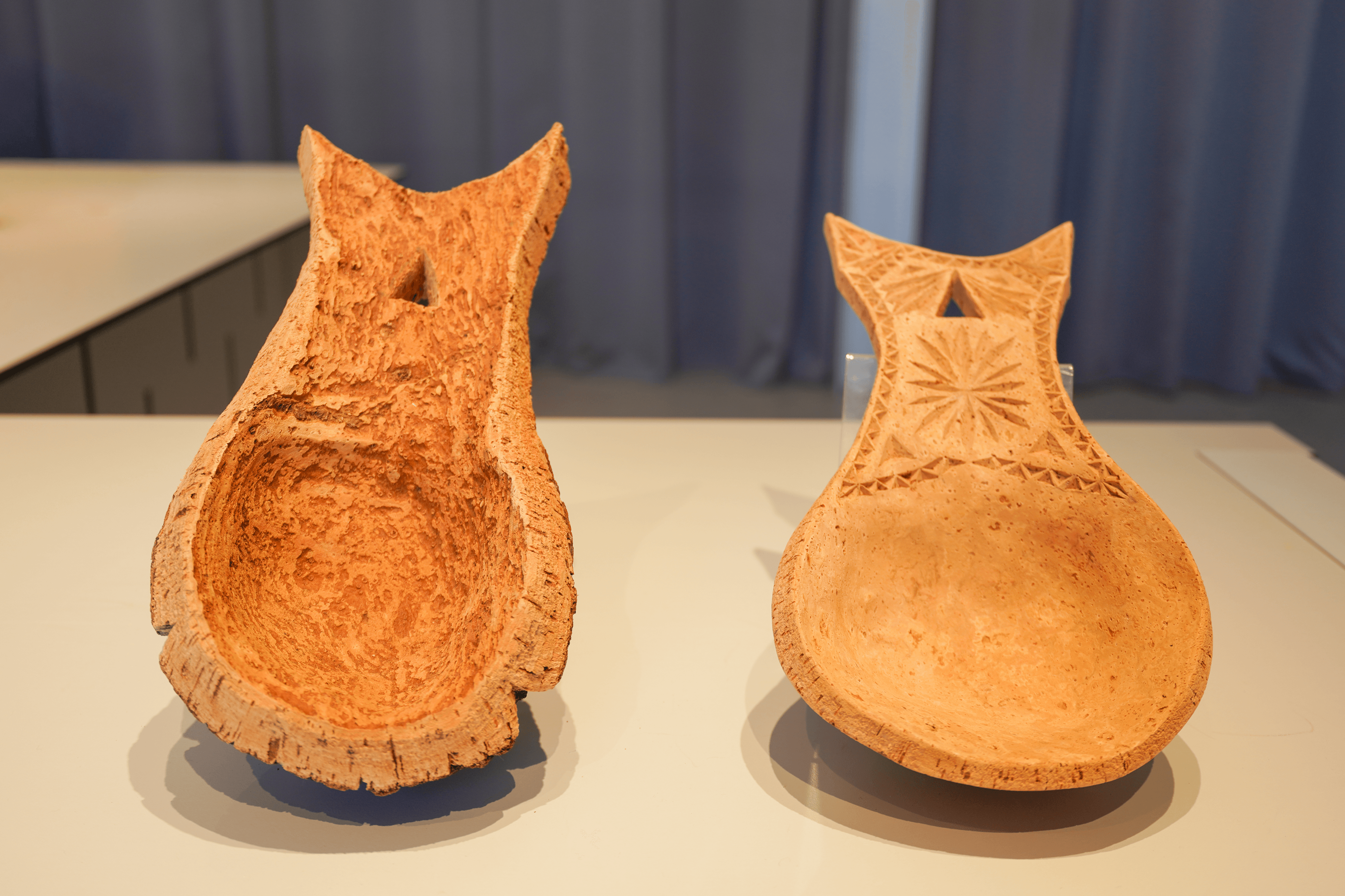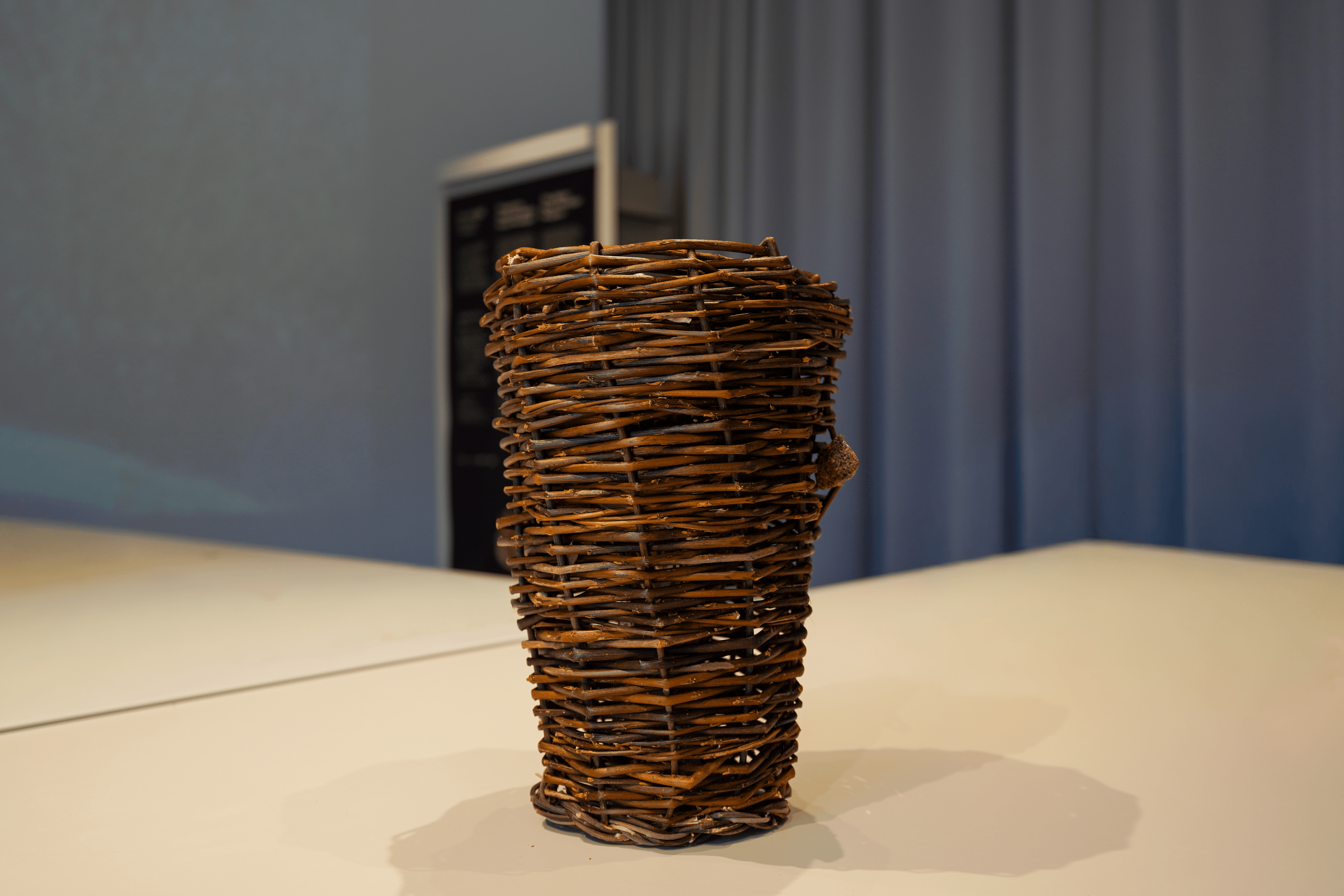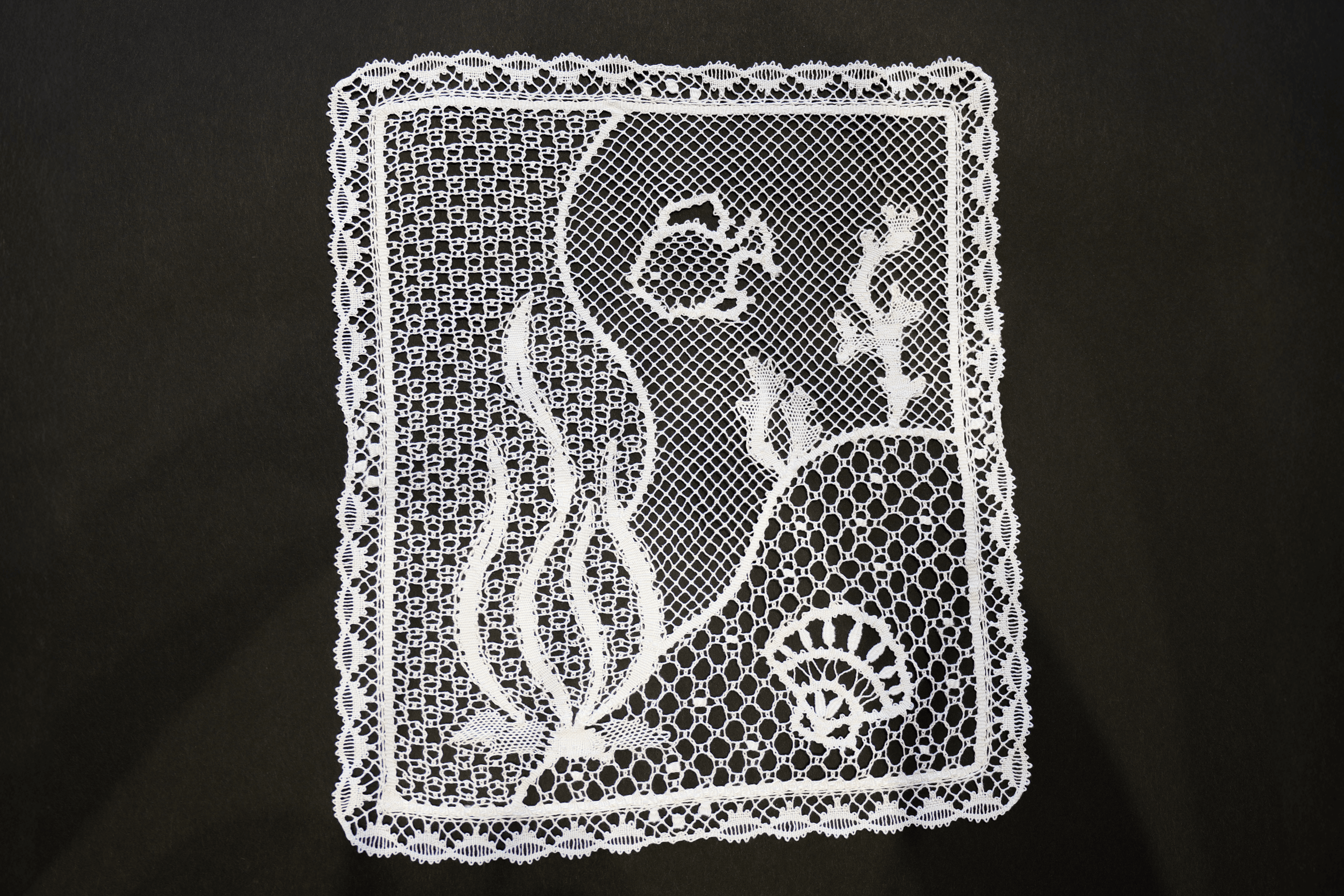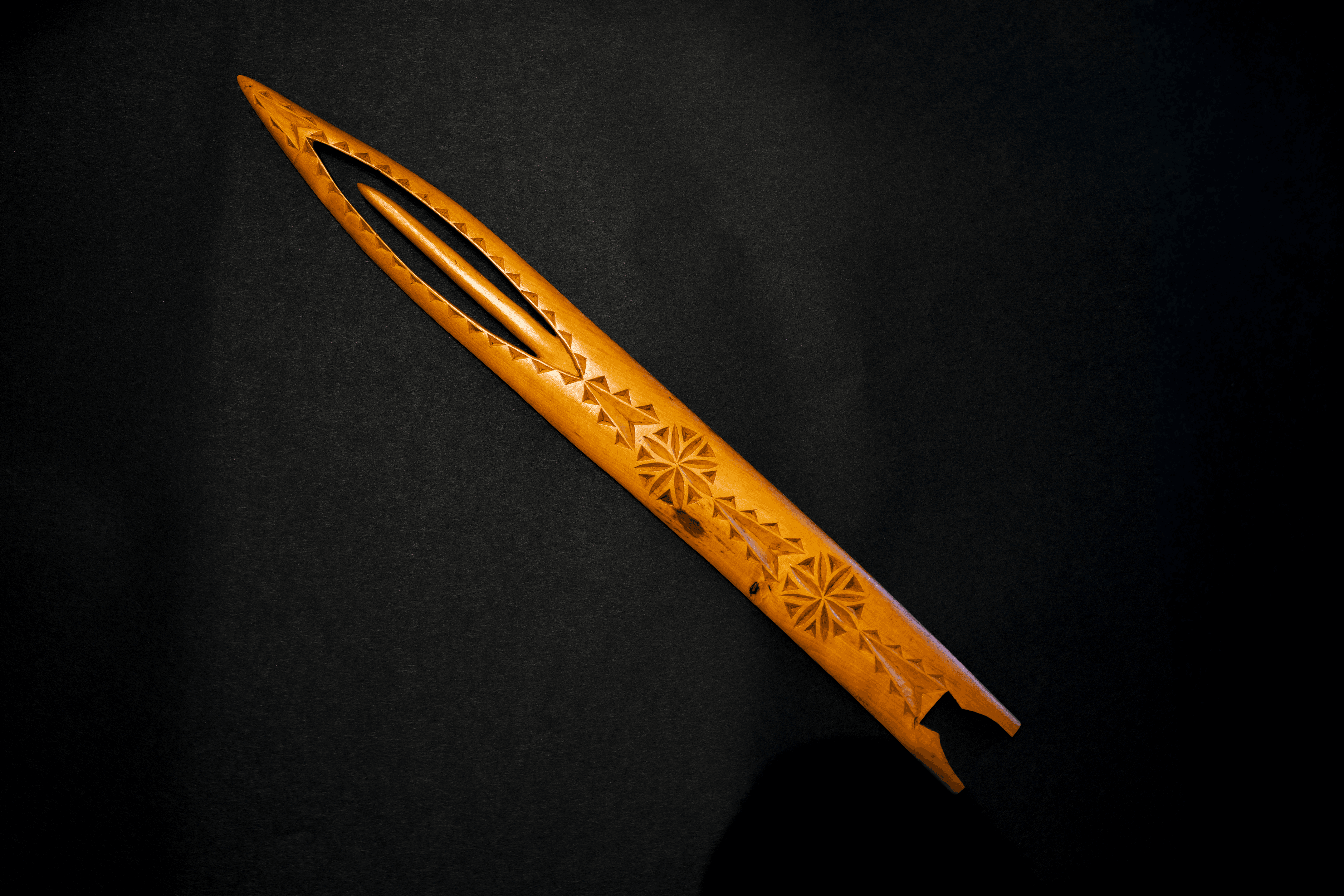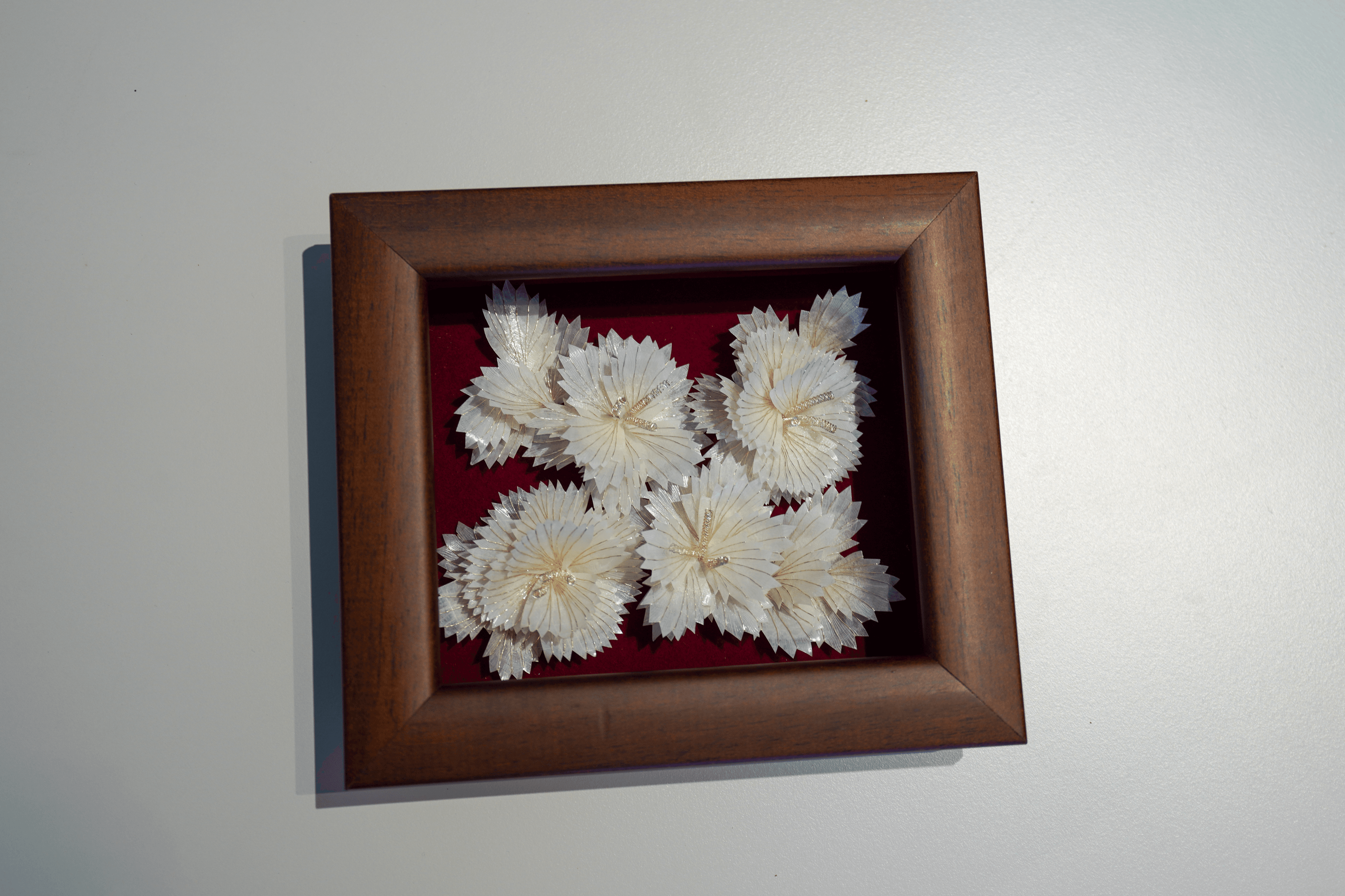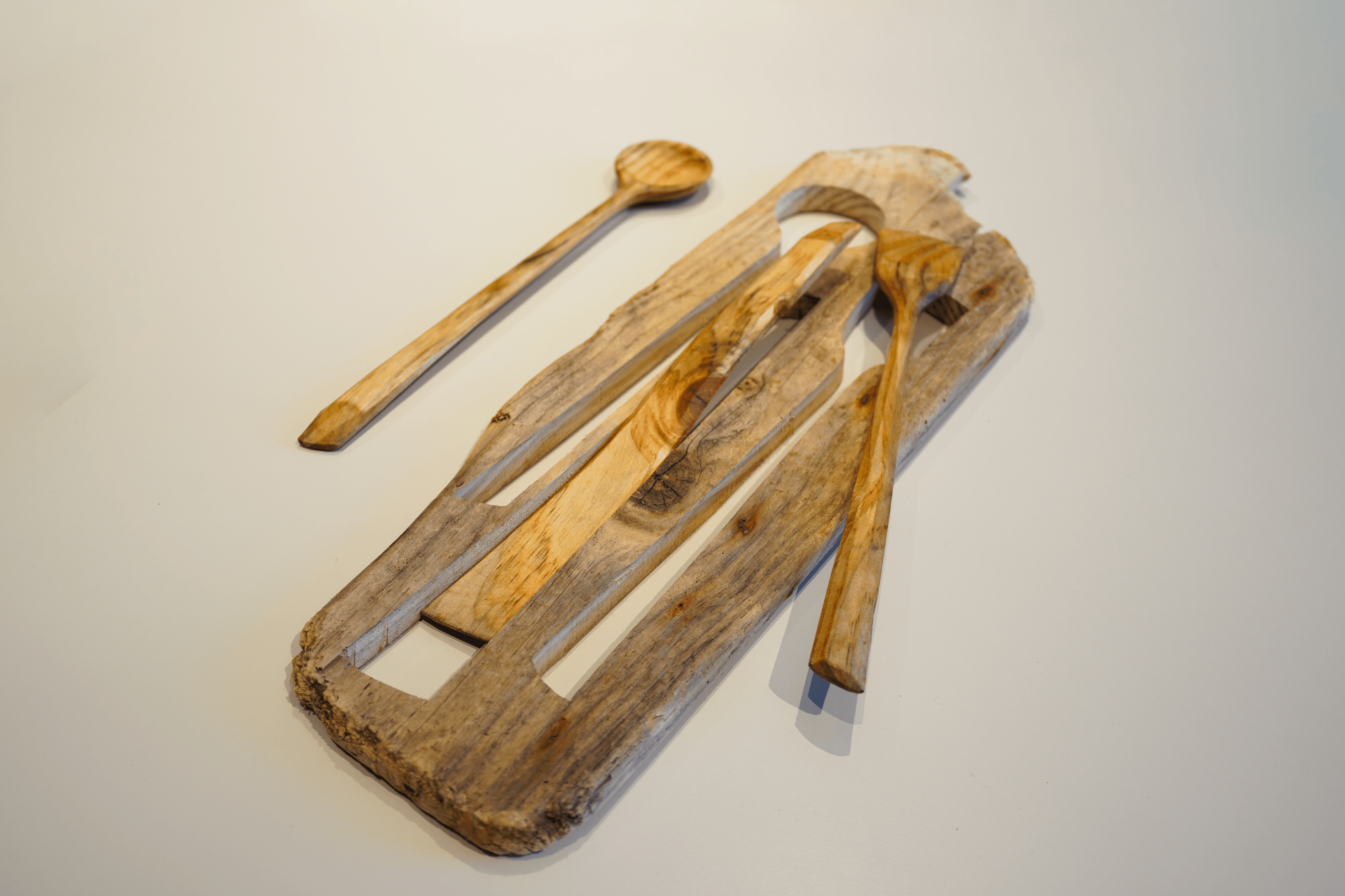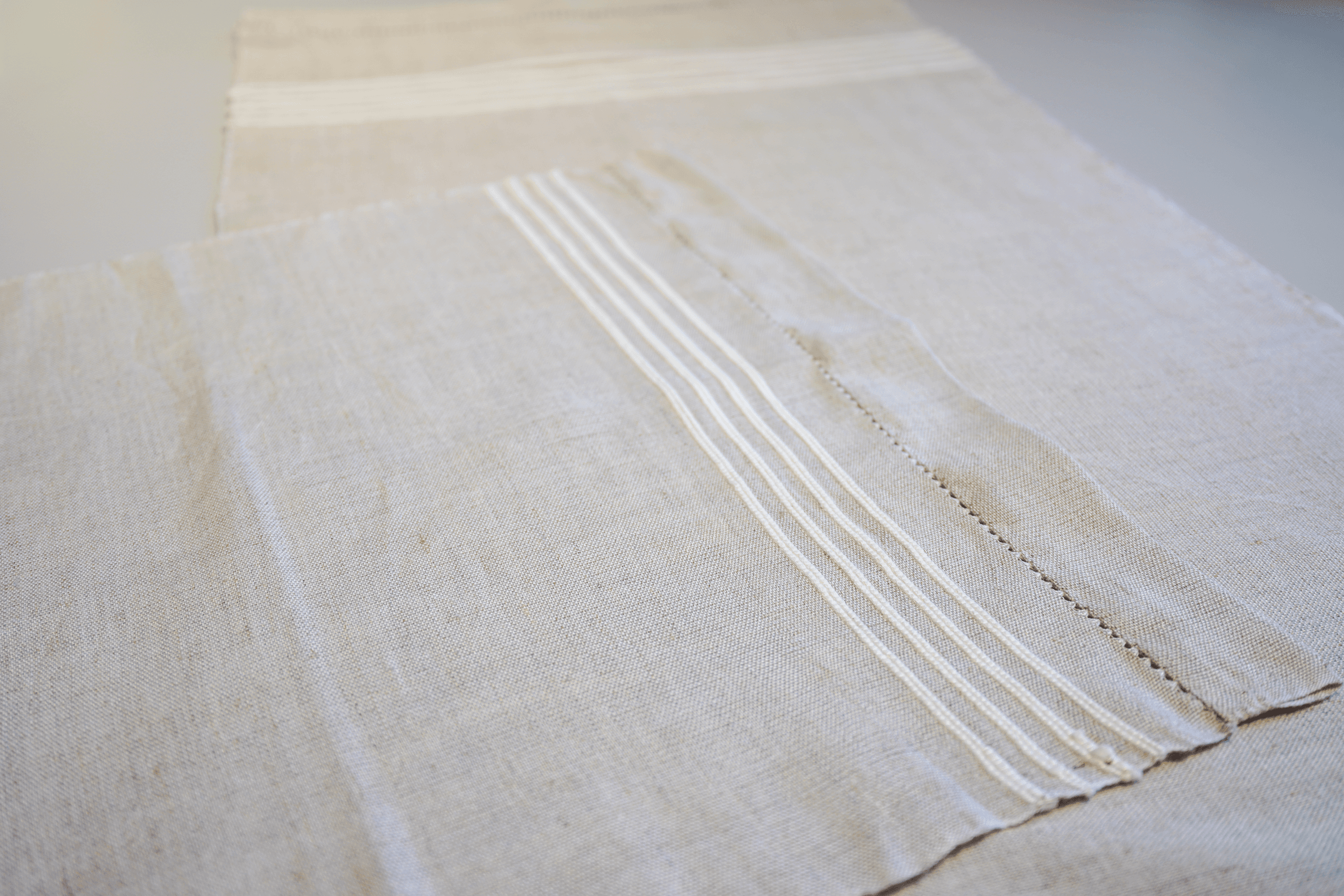Water Flowing into the Sea
The exhibition "Water Flowing into the Sea" is founded on the concept of sustainability, and seeks to highlight the timeliness of handcrafted objects made with natural raw materials.
The sea is at the heart of Portuguese culture, an omnipresent sight off the extensive coastline of the mainland and the archipelagos of the Azores and Madeira. This is a showcase for our coastal arts and crafts and in particular those of the Azores, which draws attention to their profound regional ties to the landscape, especially water and sea. Objects of the most varied types and materials - ceramics, basketwork, wood, vegetable fiber and lace - combine handmade know-how with contemporary production techniques.
Program of activities
Workshops in vegetable fiber techniques
Vegetable fibers obtained directly from nature are sustainable raw materials with which household objects are traditionally made, or used in agriculture, fishing and construction. Such resources also can serve to create decorative pieces with a contemporary feel. In these workshops, visitors can familiarize themselves first-hand with the lakeshore bulrush and the cane, and the techniques involved in working with these materials.
Practical Workshops, August 23 to 28, 11 am to 12.30 pm, and 3 pm to 4.30 pm:
- Manuel Ferreira - bulrush furniture
- Domingos Vaz - cane basketry
Concerts of Portuguese music at 8.30 pm
- August 22: O Gajo
- August 28: Bandua
- August 29: Expresso Transatlântico
- August 30: A Cantadeira
Water Storage
Ways of transporting, storing or consuming water. Because of their physical characteristics and versatility, ceramics and cork are choice raw materials when it comes to water. These are time-old natural ways to keep cool and store water that use little energy.
Down by the Water
For the catching of fish and octopus respectively, the covo and alcatruz are shelter traps laid on the seabed. Both wicker and clay are natural, sustainable materials that cause no damage to other species and have no negative environmental impact.
"Whoever goes to sea, must first be prepared on land" (Portuguese proverb)
The arts and crafts of maritime communities. Renda de bilros (bobbin lace work) is something found across all of Portugal, predominantly along the coast. Nowadays, the two main sites for its production in Portugal are Vila do Conde and Peniche. Split wood basketry has been one solution for the containers needed in various farming and fishing practices. The canastra is one such example, carried around by varinas (fishwives) on their head.
"Not all the sea is water" (Portuguese proverb)
Azorean artisans make skillful use of the resources the sea offers them, such as fish scales or whale bone. The sea also prepares raw materials such as wood, that is carried on the tide and then made into useful objects.
"Water washes all" (Portuguese proverb)
Water is essential to craft making, for everything from pottery to the treatment of plant fibers, this element is always present at some point in the process. But there are two arts in particular, in whose preparation or production water plays a major role.
Partnerships
Credits
- Curated by: The Ministry of Culture, Youth and Sport; Direção Geral das Artes / Saber Fazer Program
- Consulting: The Home Project Design Studio
- Graphic Design: Ophelia Estúdio
- Installation: Helena Martelo, Rita Jerónimo /Programa Saber Fazer; AICEP / Pavilhão de Portugal 2025


